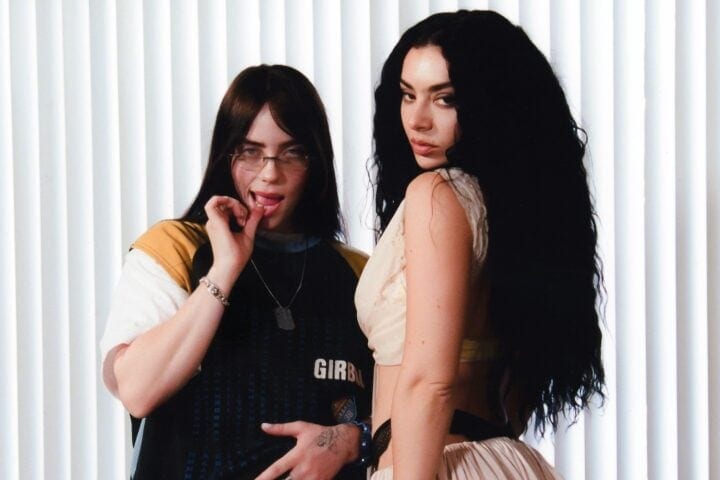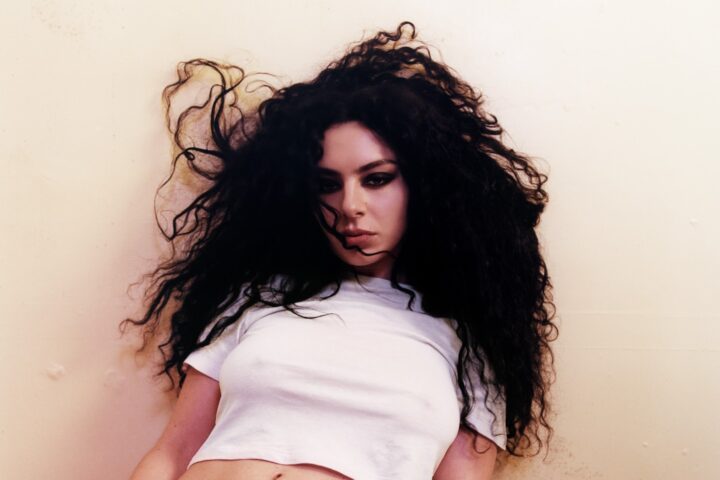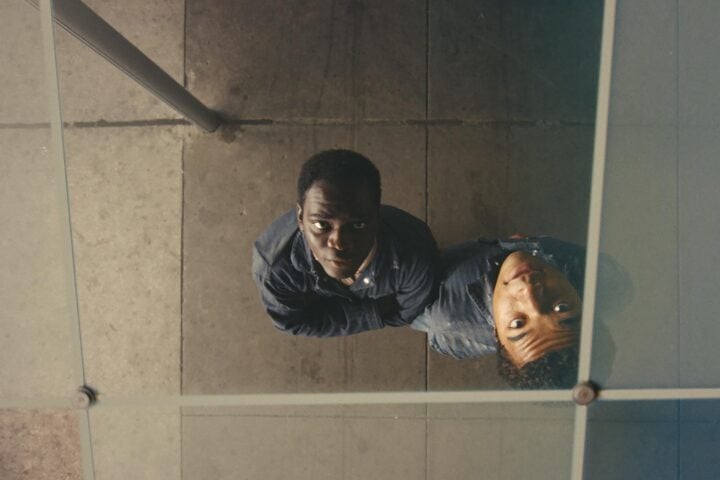Seemingly ever-dwindling attention spans have given commentators anxiety that people simply won’t care to engage with albums anymore. But time and again, artists have proved that they’re still committed to using the format to communicate a Big Idea, make a creative pivot, or announce a new chapter in their career. The album is still the most coherent way for us to understand where music culture is in any particular moment.
Indeed, as you can see from this list, pop music has gone country. Not only do the Billboard receipts and Beyoncé’s sprawling Cowboy Carter bear this out, there are copious twangs, pedal steel weeps, and pastoral narratives infecting indie music too (see Jessica Pratt’s Here in the Pitch and Waxahatchee’s Tigers Blood). Folk music is also having a moment: Adrianne Lenker, Beth Gibbons, and Gillian Welch and David Rawlings, among others, employed stripped back arrangements to tell haunting, detailed stories.
Women were at the helm of a majority of our favorite projects this year, including eight of the top 10 slots alone. Introspective, self-flagellating guys like MJ Lenderman and Geordie Greep were left to reckon with the shortcomings of their gender, portraying unflattering tall tales about seedy, underachieving male protagonists that revealed why, exactly, traditional conceptions of masculinity continue to fail us.
Beyond the country craze, a surge of femininity, and several returns to form from long-absent or fallow major talents (The Cure, Jlin, Chief Keef), our list is marked by a dystopian air. Charli XCX’s surprise hit Brat functions as a kind of post-human bacchanal for our scorched-earth moment; DJ Anderson do Paraíso’s deconstructed Brazilian funk on Queridão is dripping with apocalyptic ominousness; and Arooj Aftab’s Night Reign plays like one last ritualistic ceremony held before we all dissolve into dust. In short, even when the AI takes over and the fascists secure another four years, the LP factories will still be churning out product. Charles Lyons-Burt
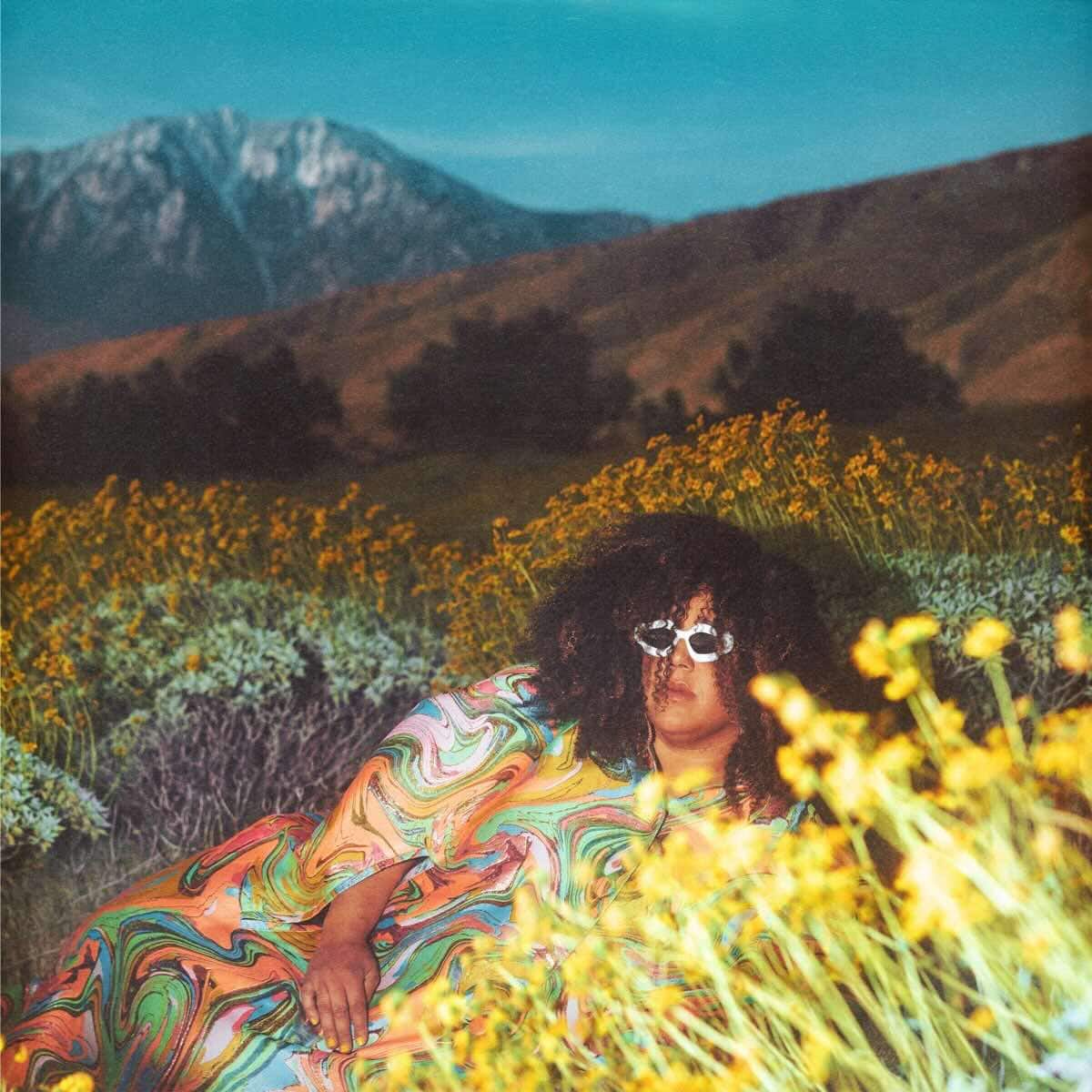
50. Brittany Howard, What Now
Brittany Howard’s career has been one of ever-expanding sonic exploration, from the nakedly retro rock ‘n’ soul of the Alabama Shakes’s Boys & Girls to the gleeful eclecticism of her solo debut, Jaime. Howard’s sophomore effort, What Now, finds her once again stylistically untethered, exploring funk-rock, psychedelia, techno, soft jazz, new age, and more. And even in the album’s relatively lesser moments, Howard’s voice is a marvel. The singer’s multi-tracked harmonies on “Earth Signs” and the too-short “To Be Still” are remarkable, layered together into an ecstatic one-woman choir that showcases her astounding vocal range. Sonically, What Now is a triumph, a delicately textured musical realm that begs to be luxuriated in. Jeremy Winograd
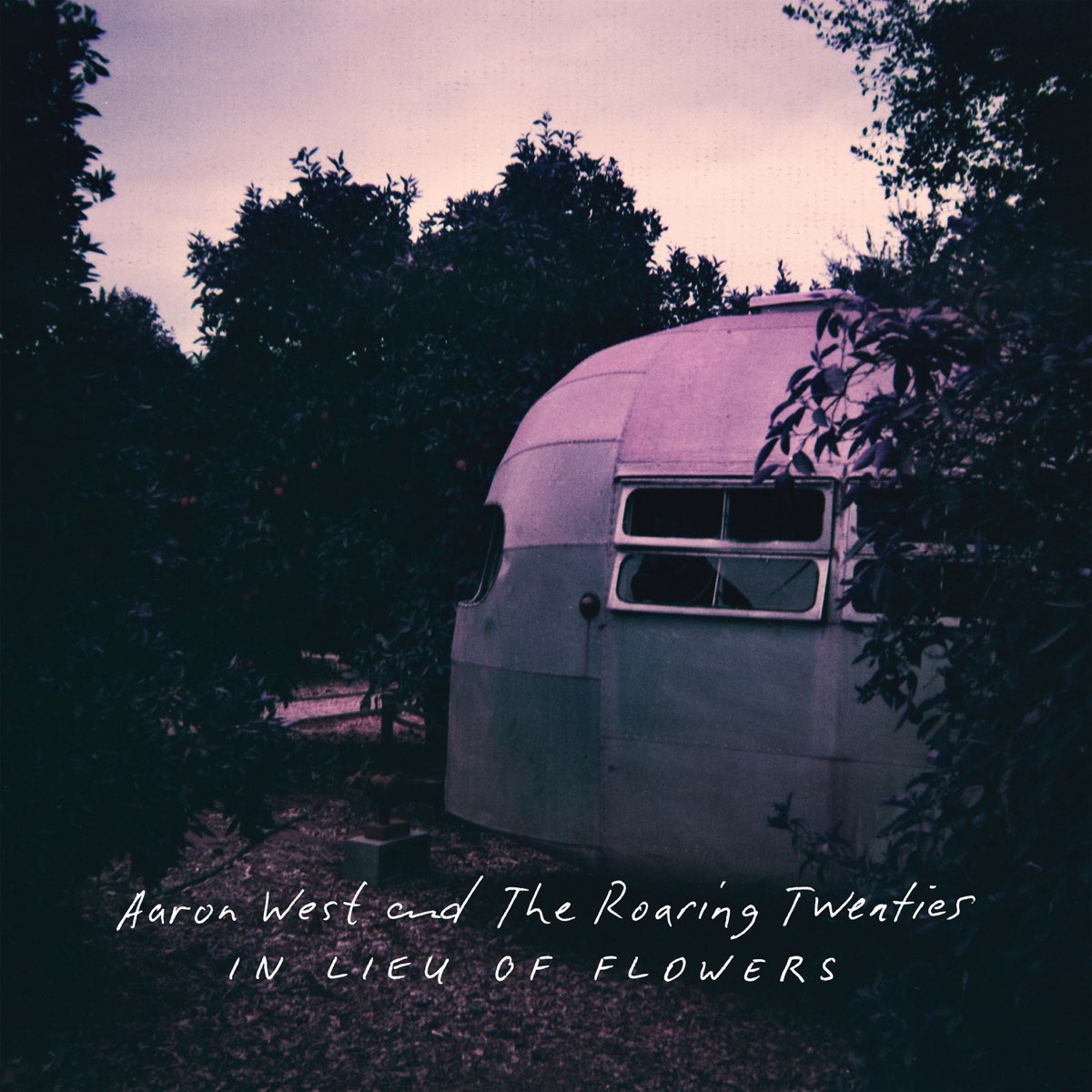
49. Aaron West and the Roaring Twenties, In Lieu of Flowers
Traversing themes of alcoholism, grief, estrangement, and nihilism via thumping alt-rock and emo arrangements, Aaron West, the world-weary alter ego of the Wonder Years’s Dan Campbell, achieves maximal catharsis on In Lieu of Flowers. Emo rock for the end of the world, the album contrasts crippling worries stemming from the Covid pandemic and our apocalyptic geo-political landscape with everyday mundanities like a bad cup of coffee. But In Lieu of Flowers isn’t a total bummer; it’s often darkly comical and reliably finds its way back to hope and the eternal promise of recovery. The title track is a call to arms with a single demand: “In lieu of flowers, shake the dirt off/I’m with you ’til the bitter end.” It’s the sound of one troubled soul reaching out to another, promising we’ll all get through this one way or another. Tom Williams
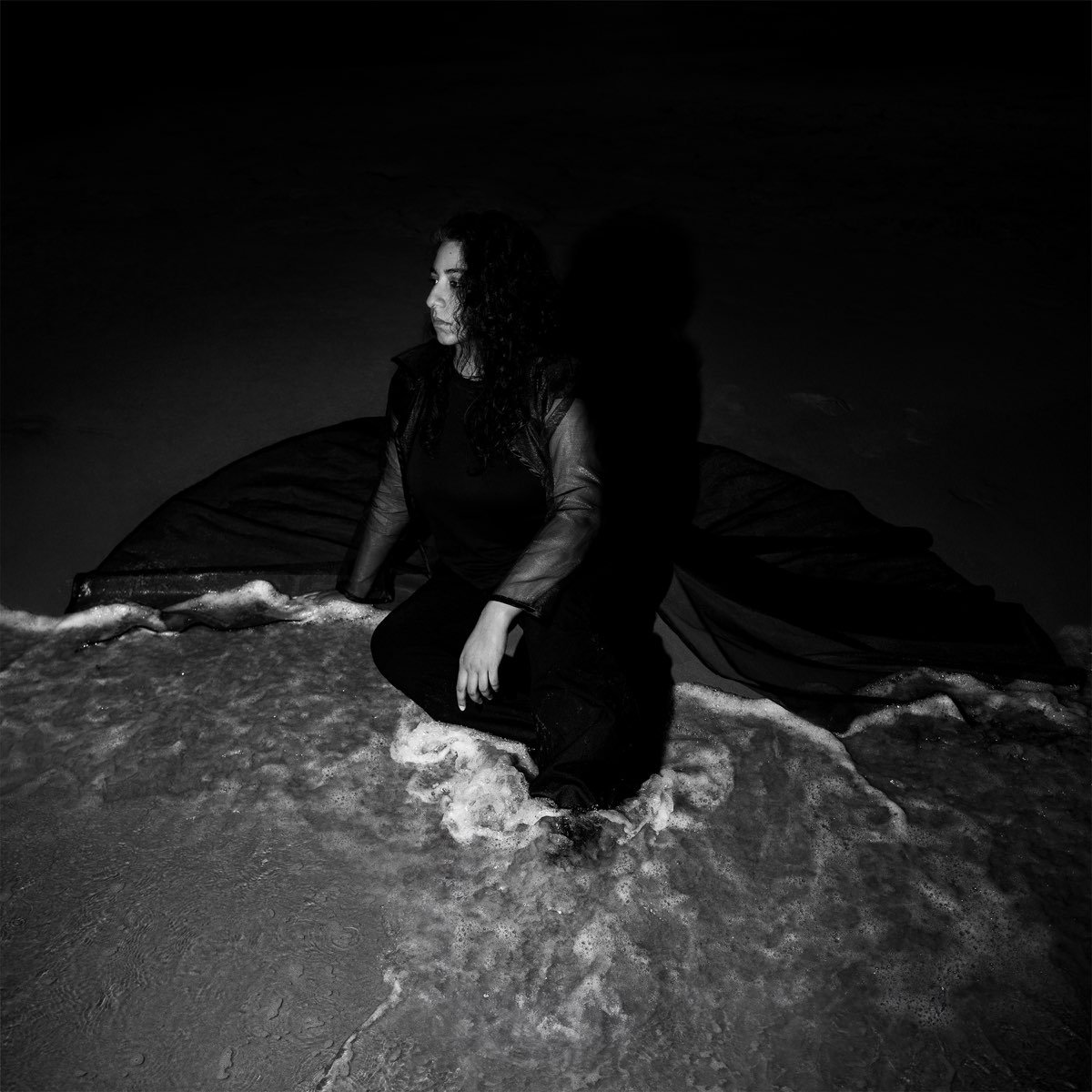
48. Arooj Aftab, Night Reign
On her fourth studio album, Night Reign, Pakistani-American singer-songwriter Arooj Aftab embraces all of her influences: South Asian poetry (“Bolo Na”) and folk traditions (“Aey Nehin”) along with American jazz (a cover of “Autumn Leaves”) and R&B (“Last Night”). Slowly unfurling over five to seven minutes apiece, the nine songs that comprise the album feature minimal arrangements, with harp and piano foregrounded alongside occasional percussion and, most notably, Aftab’s supple voice. The album, in which the night becomes a character all its own, details a woman’s nocturnal adventures, and the ecstasy of her experiences are conveyed with a relaxed sensuality reminiscent of Sade. Steve Erickson
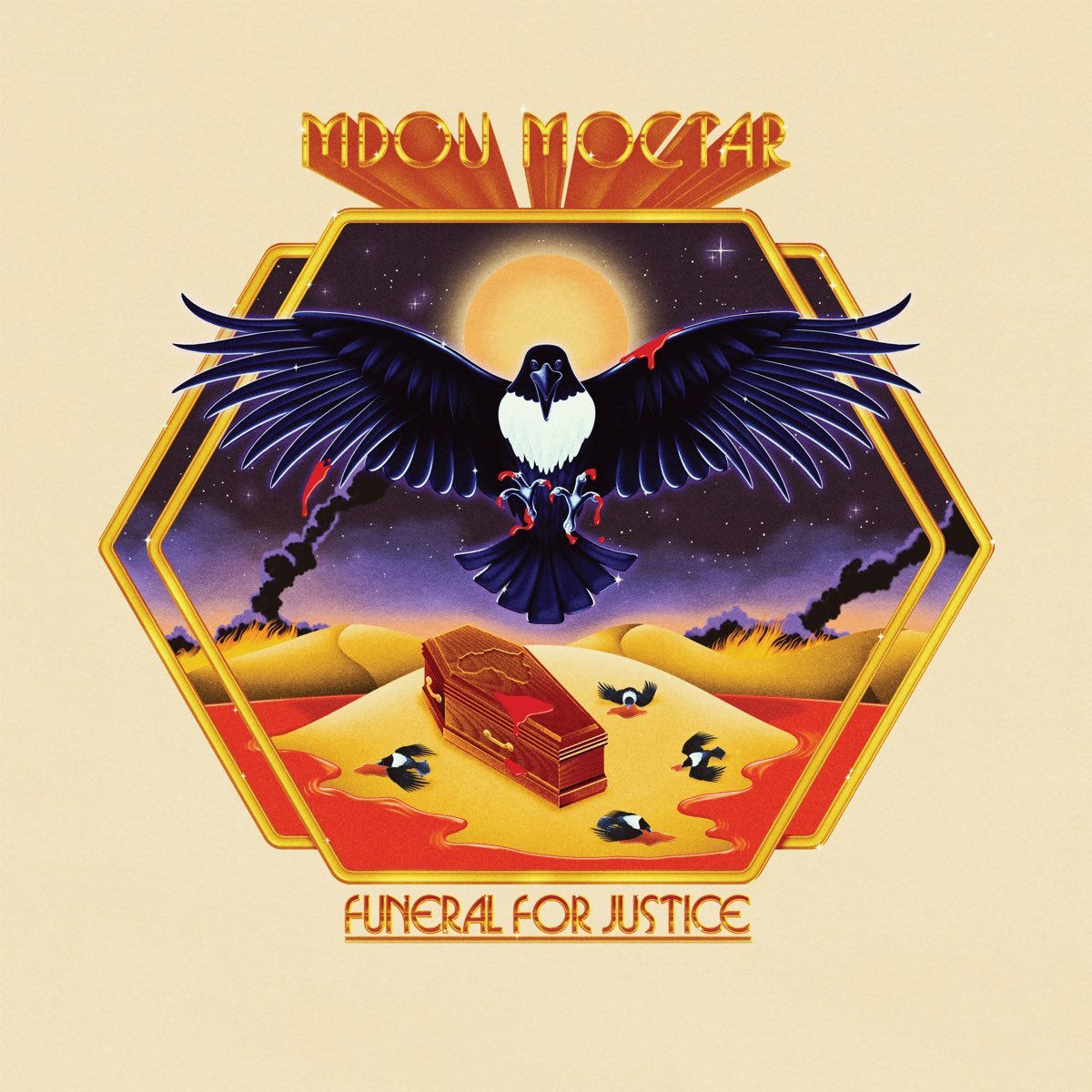
47. Mdou Moctar, Funeral for Justice
The only news most Westerners have heard out of Niger recently was of a 2023 military coup—and some may have only heard about it because of the GoFundMe campaign that Mdou Moctar launched when the conflict prevented the artist and his band from returning home from a U.S. tour. Far fewer are likely aware of the country’s years of imperialist exploitation, primarily for its natural supply of uranium. On the blistering anti-colonial jeremiad Funeral for Justice, Moctar attempts to rectify that. “Dear African leaders…Occupiers are carving up your lands/Gallantly marching all over your resources,” he pleads in his native Tamasheq on the explosive title track. Those who don’t understand the lyrics may get the point via a more universal language: unholy guitar shredding. On “Imouhar,” a plea to the Tuareg people to keep its language from dying out, Moctar unleashes a torrential solo as worthy of eternal preservation as any words ever spoken. Winograd

46. Sheer Mag, Playing Favorites
Sheer Mag’s third studio album, Playing Favorites, is their first not to be self-released, but they haven’t abandoned their DIY aesthetic. The album sounds as raw as their early EPs, while lead guitarist Kyle Seely’s riffage hasn’t lost any of its bite. There’s a greater variance in guitar tones here compared to Sheer Mag’s last album, 2019’s A Distant Call, Playing Favorites, contributing to a more textured mix. And tracks like “Golden Hour” and “Tea on the Kettle” demonstrate that the band is perfectly capable of pulling off songs that are sweet and catchy. They even get downright wistful on closer “When You Get Back,” a nostalgic mid-’60s-style pop ballad with layered harmonies. “When you get back /I’ll be so full of joy but now I’m sad and blue/So come back, I need you,” frontwoman Tina Halladay croons tenderly. Playing Favorites proves that Sheer Mag can show off their softer underbelly just as skillfully as they do their fangs. Winograd
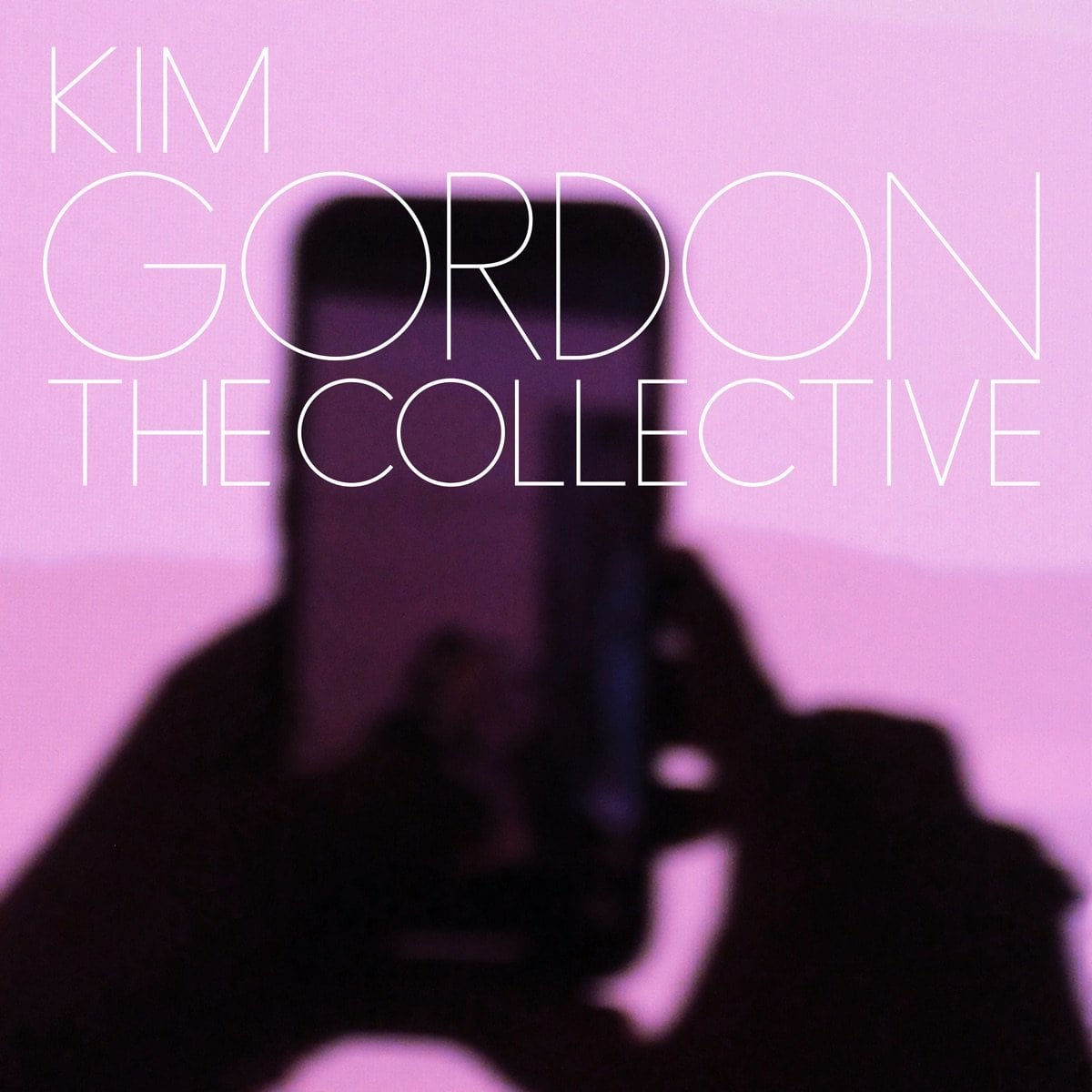
45. Kim Gordon, The Collective
On her second solo studio album, The Collective, Kim Gordon expands upon her flirtation with hip-hop on 2019’s No Home Record—and to much greater impact. The Sonic Youth frontwoman combines aspects of no wave and industrial music with trap beats, but it’s no gimmick. Laying affectless spoken vocals atop producer Justin Raisen’s harsh loops and drum programming, Gordon describes a frightened state of mind that also offers new possibilities. “I’m a Man” plays like an incel’s internal monologue—“Dropped out of college/Don’t have a degree/Can’t get a date…Don’t call me toxic”—but its narrative drops hints that the song may be told from the perspective of a trans man. Indeed, the boundaries that The Collective blurs extend beyond mere genre experimentation. Erickson

44. Jlin, Akoma
Listening to Jlin’s Akoma, her first proper album in seven years, feels like a whirlwind introduction to the influences that have shaped her sound—from the classical, as on “Summon,” to the more bracingly modern, exemplified by “Challenge (To Be Continued),” which reimagines “Harlem Shake” as performed by an IDM-inspired marching drumline. Her intricate compositions weave in and out of African rhythms and textures, making this undoubtedly her most ambitious and eclectic release to date—a fact underscored by the album’s many storied collaborators (Björk, Philip Glass, and the Kronos Quartet). Yet, those guests are mere tourists in Jlin’s world. Her take on juke remains both fiercely singular and deeply rooted in its Chicago origins, an exhilarating combination and approach that she continues to refine with each new project. Paul Attard
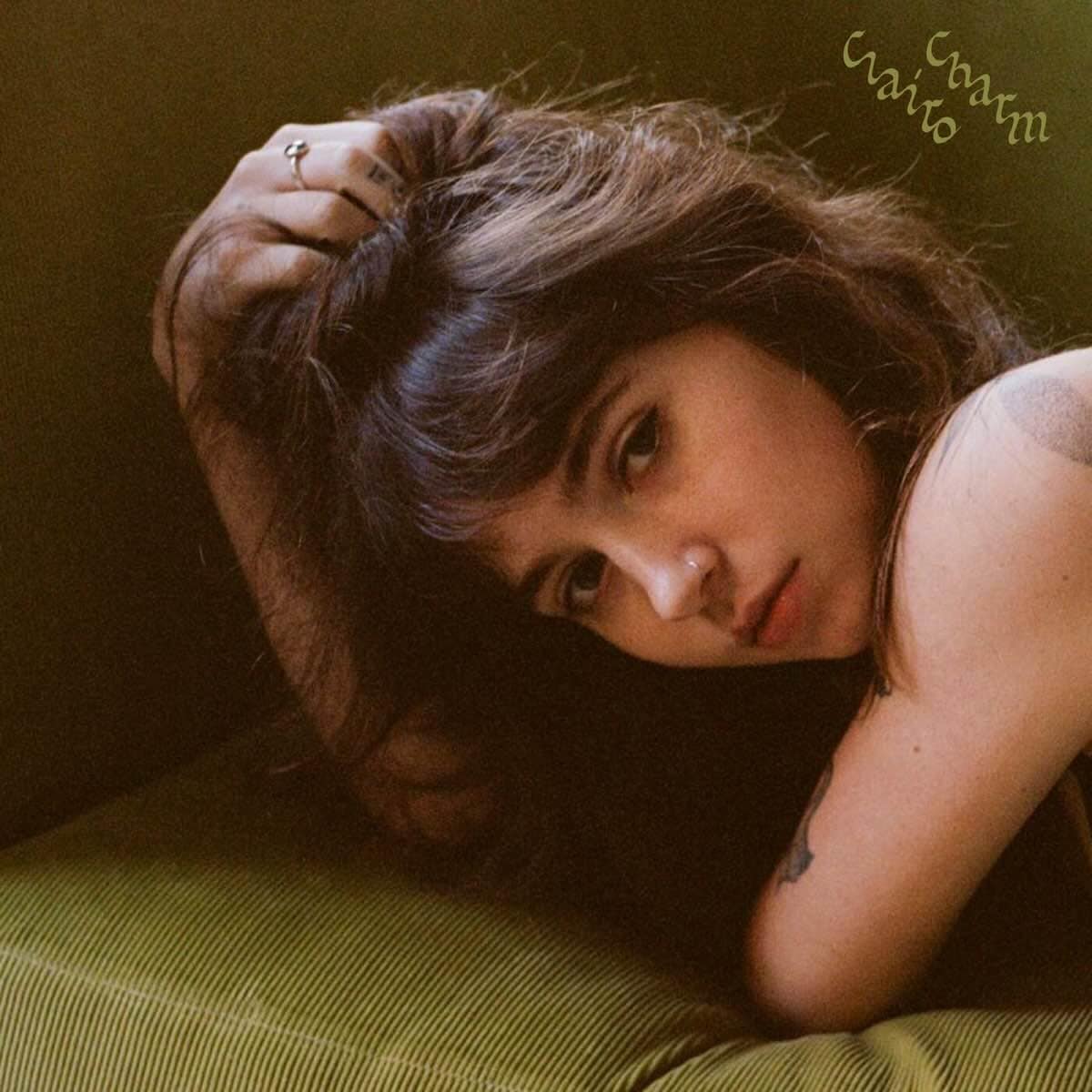
43. Clairo, Charm
From the synthy bedroom pop of 2018’s Diary 001 to the spacious folk-pop of 2021’s Sling, every step Clairo has taken as an artist has felt like a deliberate pivot. With Charm, though, the long game of the singer-songwriter’s creative arc comes into greater focus. Alongside her innate knack for melody, the album’s instrumentation is its secret weapon. The often jazzy, R&B-infused arrangements highlight the soulfulness of Clairo’s voice, radiating a warmth and, yes, charm. The way her vocals glide over the album’s grooves is effortless, especially compared to the session musicians’ virtuosic performances. And that effortlessness isn’t just the result of the creative alignment of the myriad performers involved, but the clear vision of the artist at the helm. Nick Seip
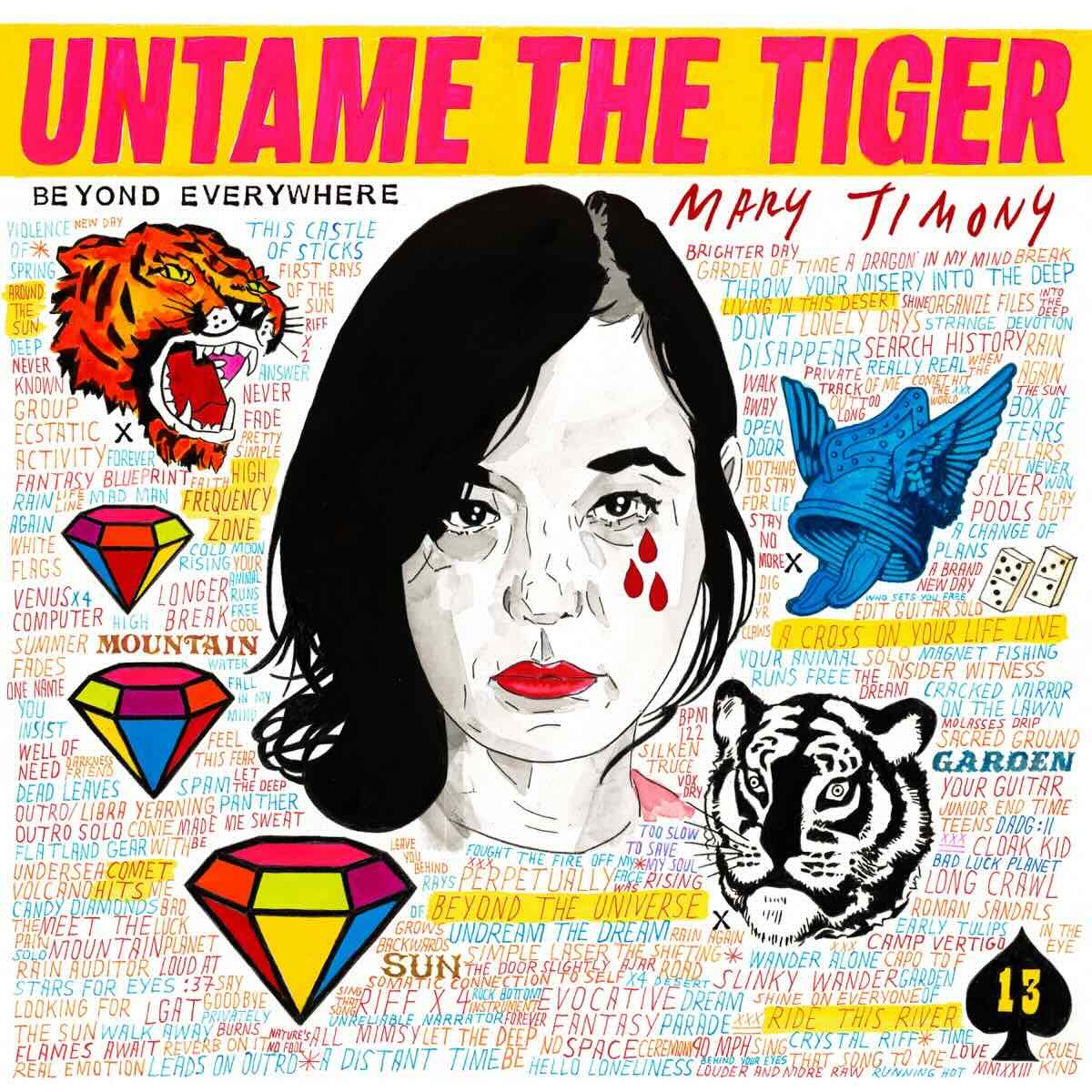
42. Mary Timony, Untame the Tiger
Mary Timony doesn’t mythologize her experiences the way so many musicians, especially male ones, do. With Untame the Tiger, her fifth solo album, she’s left behind the world of magical animals and imaginary beings she once used to sing about, but her melodies and arrangements retain a touch of the timeless and otherworldly. A key lyric from the song “Dominoes”—“You really can’t love without letting go”—may be the album’s credo, but Timony’s eloquence as a musician makes the depth of feeling behind that line recognizable even without words. Erickson
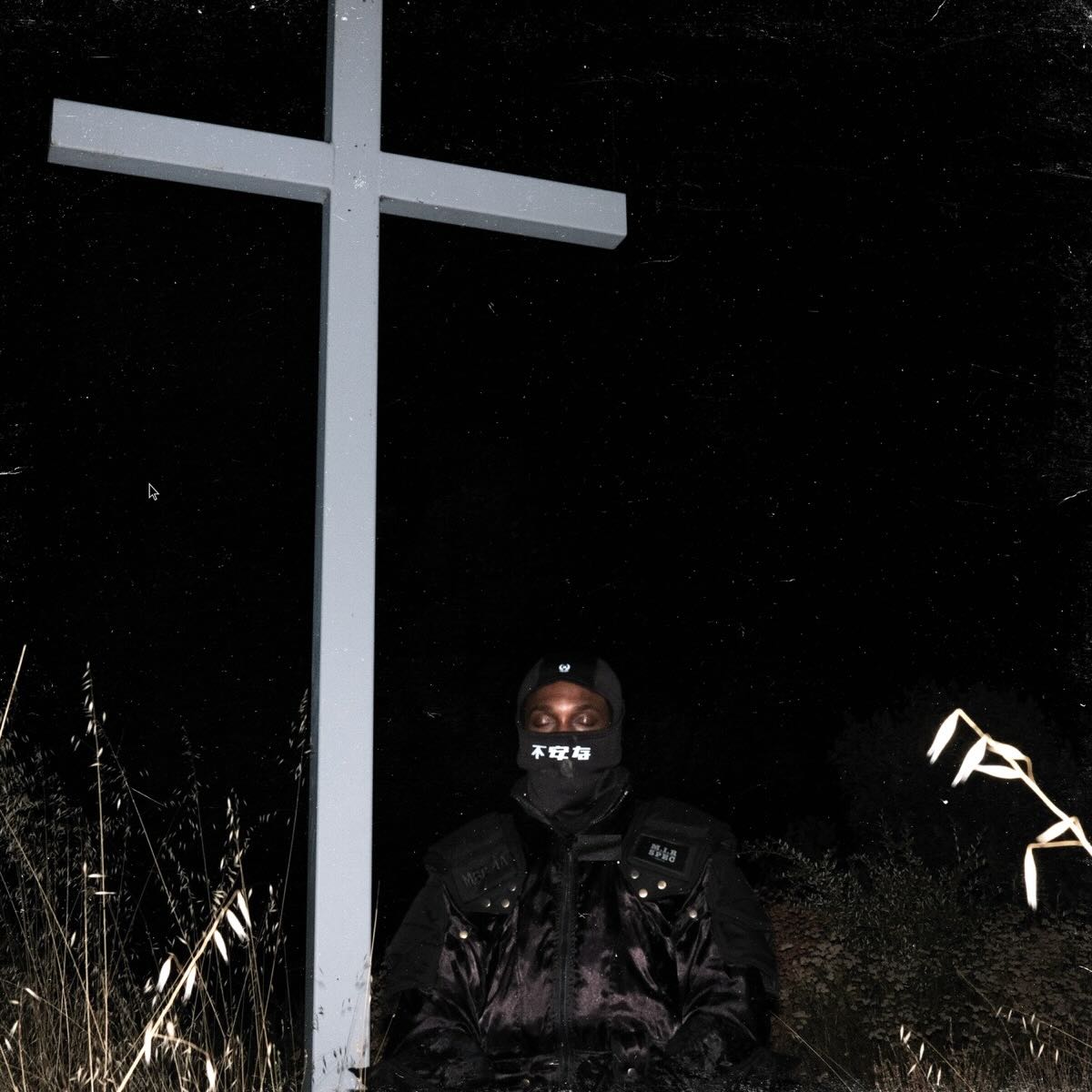
41. JPEGMafia, I Lay Down My Life for You
In the six years since his breakthrough, JPEGMafia has released four solo albums, two EPs, one collaborative album, and established himself as one of the most unique voices and producers in hip-hop. With I Lay Down My Life for You, he sounds more dedicated than ever to stretching the limits of his sound. What’s so fascinating is that he does it by reaching away from tradition with one hand and toward it with another. In one, he grasps the experimental, expanding his musical palette with metal-inspired guitars, rock drums, and genre dalliances with everything from Brazilian funk to jazz to ’60s psychedelia. And in the other, he embraces a more conventional—and I use that very loosely— presentation, employing a shorter tracklist, and longer, more developed songs. In doing so, JPEGMafia outdoes himself again. Seip

40. Dua Lipa, Radical Optimism
Boundaries and standards are important to a healthy relationship, Dua Lipa advises throughout Radical Optimism. “It’s time I take my rose-colored glasses off,” she declares on “Illusion” in an apparent rebuke of her own optimism. A better title for the album, then, might have been Radical Self-Confidence. To wit, Lipa dares a suitor to try to tame her on the propulsive “Houdini,” which, at just over three minutes, is about as fleeting as her patience. The rest of Radical Optimism is just as nimble, filled with bright, buoyant live instrumentation and psychedelic synth-work courtesy of Tame Impala’s Kevin Parker and A. G. Cook cohort Danny L Harle, among others. Despite the songs’ short runtimes, many of them still pack an undeniable punch, thanks in large part to Parker and Harle’s meticulous production. Tracks like the sublime disco opener “End of an Era” and the Latin-flavored “Maria” brim with cascading keyboard runs, gauzy backing vocals, and literal bells and whistles. Lipa’s views on life and love might be broad enough for a pop song, but the joy is in the little details. Sal Cinquemani
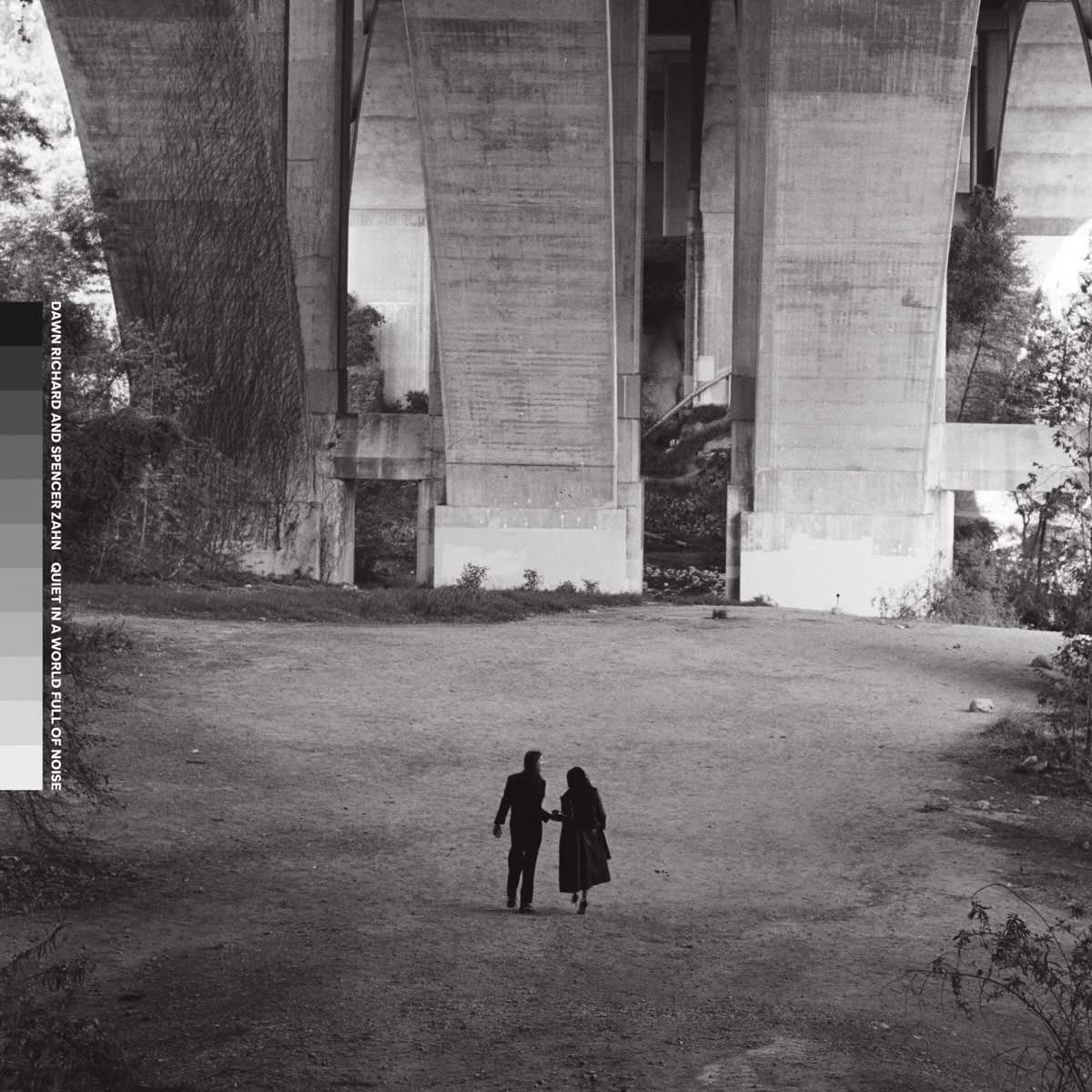
39. Dawn Richard & Spencer Zahn, Quiet in a World Full of Noise
As the album’s title hints, the magic of Quiet in a World Full of Noise lies in its power to soothe. For their second team-up, singer Dawn Richard and producer-composer Spencer Zahn work in a more spacious mode, with the full but subtle arrangements leaving plenty of open space. Richard’s lyrics flesh out the experiences—like the murder of her cousin—that led to this more reflective state of mind. On “Diets,” she sings the benefits of dropping fake friends like excess weight: “I shed my habits/I got rid of all the bullshit.” The music is so gentle, so inviting, that it’s easy to forget that Richard is singing about some of life’s hardest challenges. Even at its most melancholic, the album is reticent to raise its voice, enveloping you in a calm that feels like peace after a storm. Erickson

38. Hamish Hawk, A Firmer Hand
After two albums of upbeat indie pop, Hamish Hawk taps into the dark side on A Firmer Hand, which revives classic ’80s post-punk and goth-rock in manners both familiar and idiosyncratic. Hawk and his band eschew slick, modern electronics by sculpting the album’s suffocating atmosphere and taut, wiry grooves out of the same spare analog elements that were used by their predecessors. A heavy left hand on the piano anchors the thunderous “Machiavelli’s Room,” while caronking rhythm guitar gives the punky “Men Like Wire” all the adrenaline it needs. Where Hawk distinguishes himself is pairing the repressive and paranoiac quality of his late Cold War-era influences with a lyrical focus on masculinity and queer sexuality—which ends up sounding something like Joy Division meets Pet Shop Boys. A Firmer Hand is, in fact, extraordinarily horny, with Hawk’s deep Scottish brogue supplying big dom energy as he freely mixes geopolitical references with mentions of gay sex on tracks like “Machiavelli’s Room” and the Wire-ish “Autobiography of Spy.” He makes it all sound dark and dangerous—and given the times we live in, he’s certainly onto something. Winograd

37. Friko, Where We’ve Been, Where We Go from Here
Of the many surprises that Where We’ve Been, Where We Go from Here has to offer, one of the biggest is that it’s Friko’s debut album. Vocalist and guitarist Niko Kapetan and drummer Bailey Minzenberger possess hard-to-contain enthusiasm and boundless ambition that vibrate out of every detail of their heartfelt rock songs. It’s the Chicago duo’s single-minded sense of passion that keeps the album invigorating from moment to moment, with Kapetan’s tremulous delivery always on the edge of a cathartic outburst. The gradual crescendo of opener “Where We’ve Been” packs all the climactic heft of a closing song, and the remainder of the album follows suit, from the mournful piano ballad “For Ella” to the jangly and riotous “Get Numb to It!” “Mind begins to race/I haven’t done what I came to do,” Kapetan whispers on “Crashing Through,” gesturing toward the feeling of having untapped potential—and if Where We’ve Been, Where We Go from Here is any indication, Friko’s potential is limitless. Eric Mason
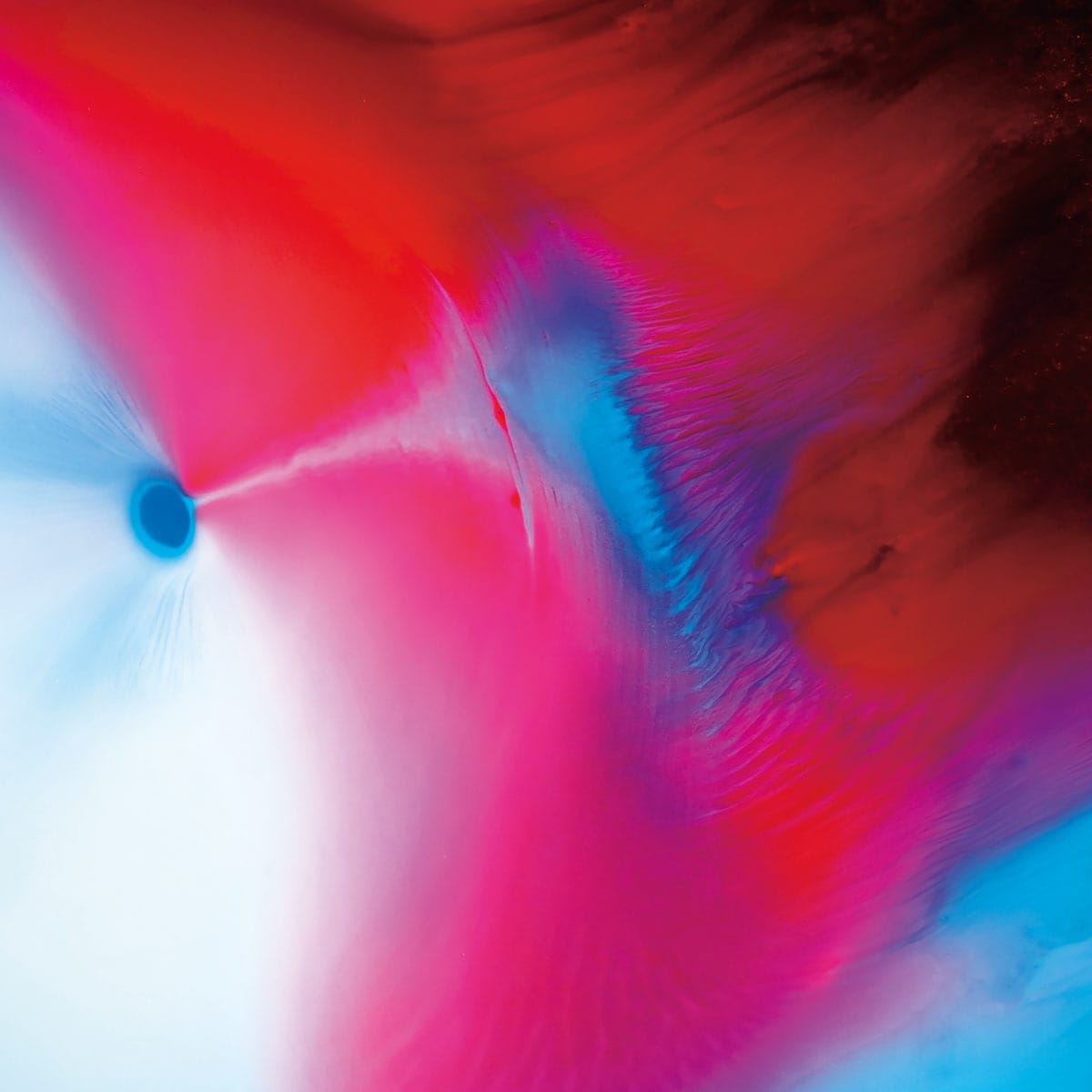
36. Floating Points, Cascade
Sam Shepard’s last album as Floating Points, 2021’s Promises, was an ambient collaboration with Pharoah Sanders and the London Symphony Orchestra. So where does a neuroscientist turned IDM virtuoso go next? Back to the dance floor, of course. Longer than his previous solo offering but with fewer tracks, Cascade lets its songs evolve freely, resulting in an album full of thrilling twists and turns. Nowhere is this more apparent than on “Afflecks Palace,” a track that feels like a journey unto itself—wildly unpredictable, yet somehow cohesive. Cascade has the nonstop energy of a marathon all-nighter—and right until the final track, which sends you off to sleep in what has to be one of the longest fade-outs of all time. With Cascade, Shepard proves himself to be one of electronic music’s most inventive forces, crafting soundscapes just as imaginative as they are visceral. Seip
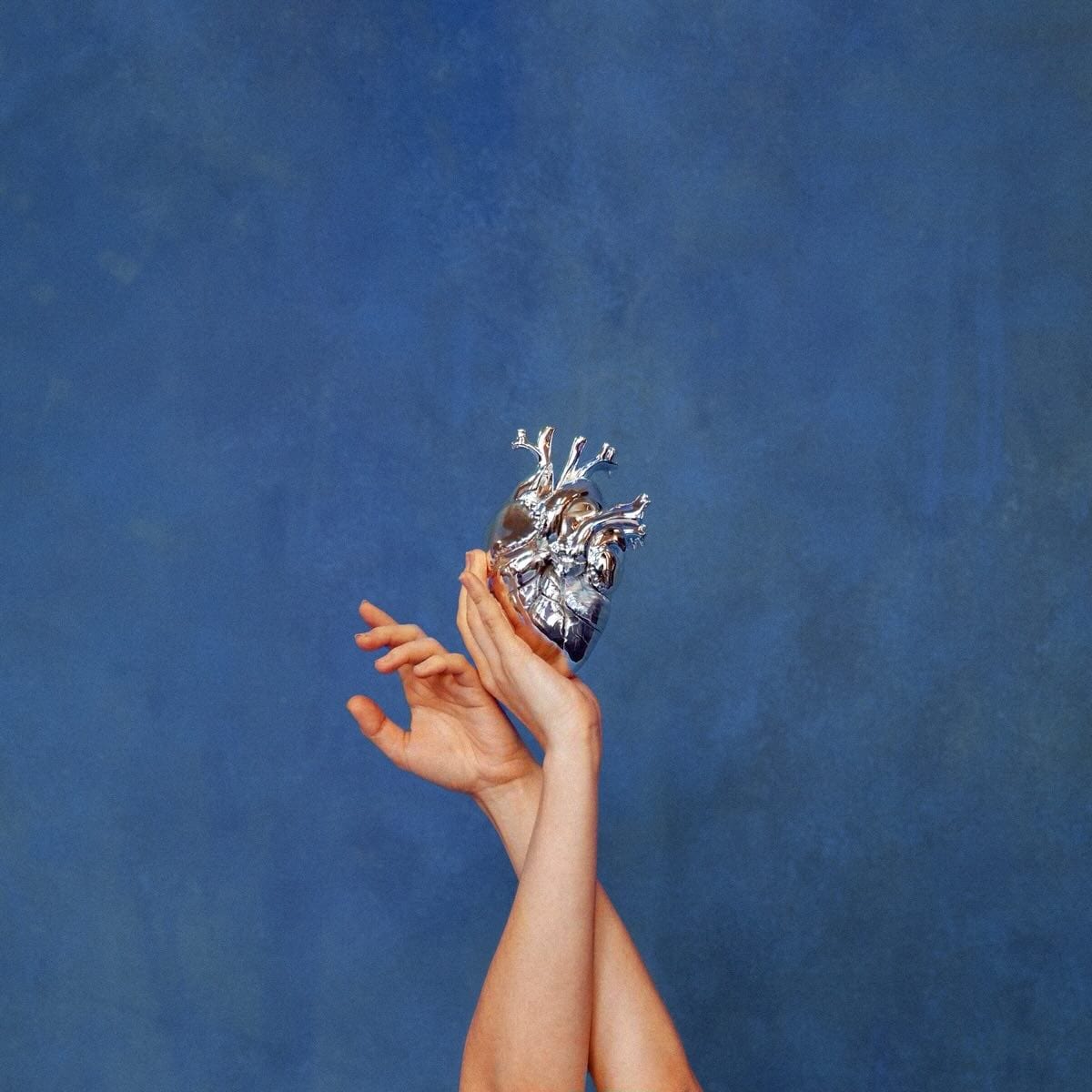
35. Aurora, What Happened to the Heart?
Inspired by an open letter penned by Indigenous climate activists, Norwegian singer-songwriter Aurora’s What Happened to the Heart? explores the Earth as a vessel for self-actualization. Viewing the natural world with a childlike sense of awe and wonder, Aurora acknowledges the ephemerality of life across 16 sonic landscapes that are, at turns, as lush, thorny, and teeming with diversity as the planet itself. True to its title, though, What Happened to the Heart? isn’t just a series of heady theoretical exercises. Aurora uses them as a jumping off point for personal discovery. And given how thematically rooted the album is in nature, she surprisingly delves deeper than ever into synthetic sounds, from the spacey synth pads of “To Be Alright” to the looped vocal arpeggios of “The Conflict of the Mind,” which sounds like a classic pop standard as sung by Kate Bush. Cinquemani
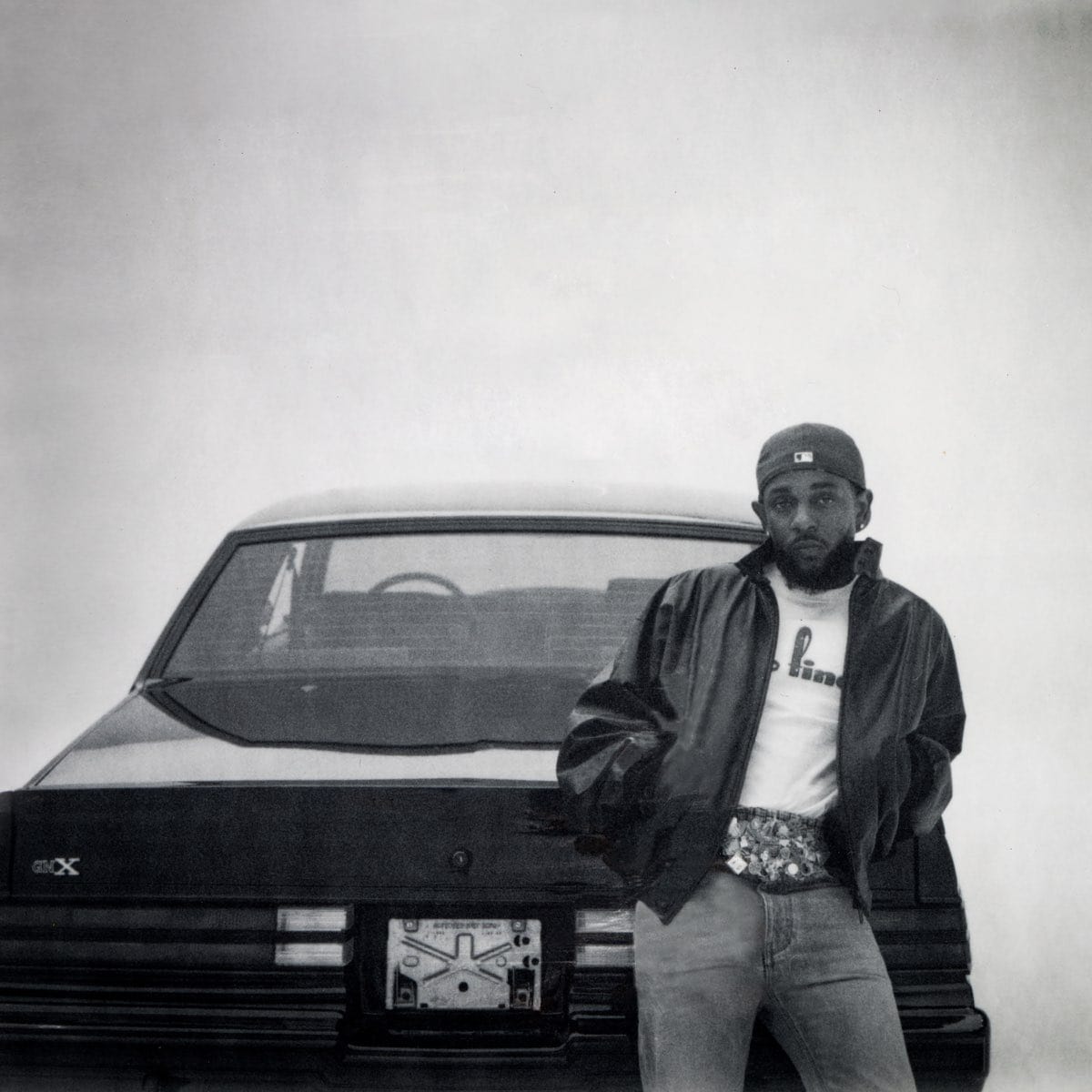
34. Kendrick Lamar, GNX
While GNX includes its share of introspective songs—“The Heart Pt. 6” examines the rise of his former label, Top Dawg Entertainment, and laments that supergroup Black Hippy “didn’t work because of me”—Kendrick Lamar kicks back for most of the album’s relatively brief 12 tracks and does his best to have some fun. To wit, “Squabble Up” and “TV Off” eschew the need to please the Pulitzer committee and head instead for the dance floor. Of course, Lamar’s desire to cut loose is complemented by some ambitious storytelling, as on “Gloria,” which uses a complicated relationship with a woman as an extended metaphor for songwriting. Picking up from the “Not Like Us” video and the Amazon concert film that followed, Lamar celebrates California hip-hop, nodding to 2Pac and Drakeo the Ruler. And on “Dodger Blue,” he makes a case that, unlike Drake, it’s possible to be both a superstar and a regional icon. “I deserve it all,” he rightfully proclaims on “Man at the Garden.” Erickson
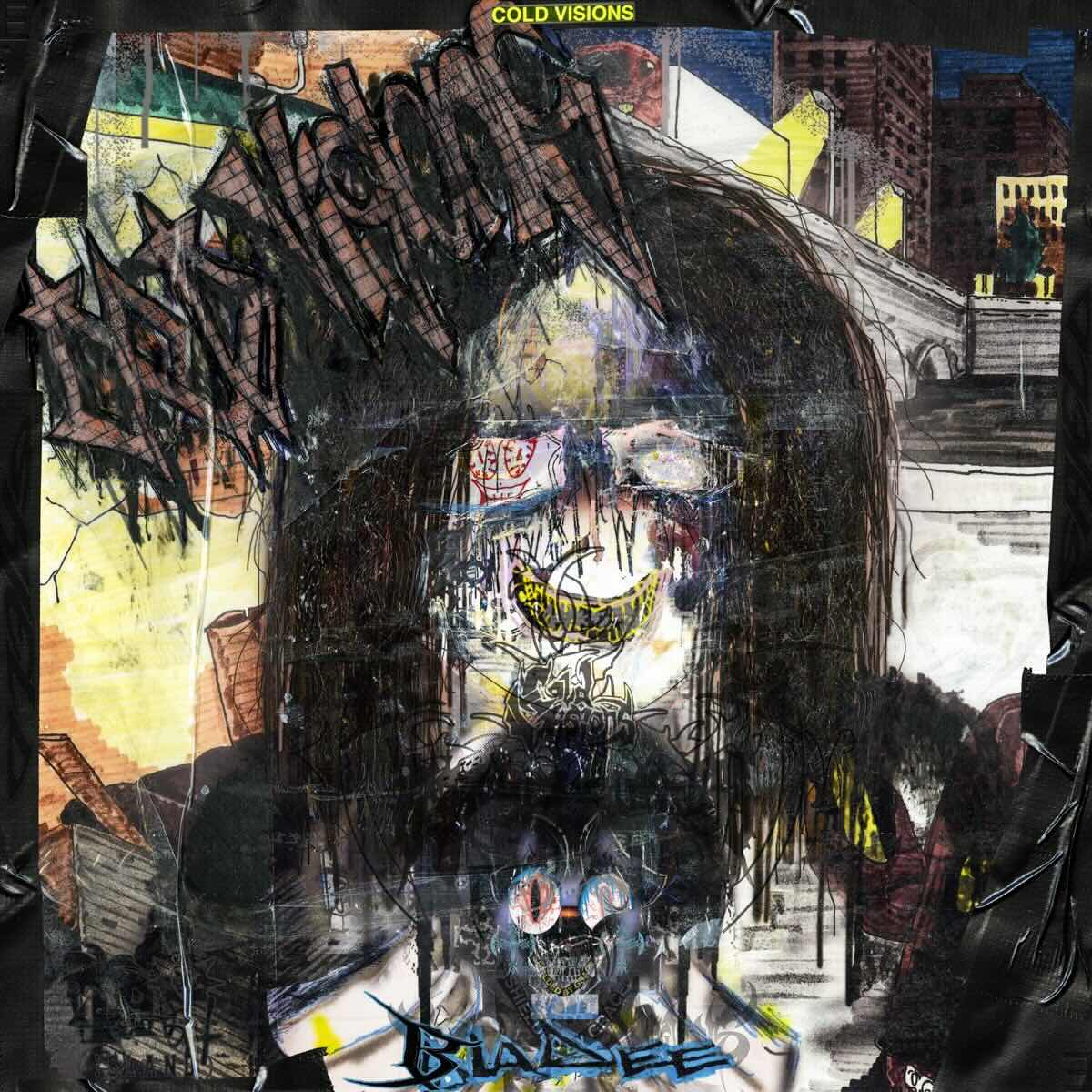
33. Bladee, Cold Visions
Known for his docile, almost mild-mannered flow and disposition, Swedish rapper-singer Bladee deepens his sound with the multifaceted Cold Visions. While his delicate emotions and sweetness are still on display on tracks like “Flatline,” his work has never sounded so paranoid, dark, and dangerous. F1lthy, one of the key architects of Playboi Carti’s similarly hard-edged and DIY-feigning Whole Lotta Red, produced the majority of the album, rendering it unsettling and chaotic but still propulsive and strangely accessible. At one point on “Red Cross,” Bladee says it’s “9 p.m. in the morning,” and it perfectly describes the eerily inside-out, day-for-night atmosphere that Cold Visions summons. Lyons-Burt

32. Jack White, No Name
For a decade or more, Jack White has seemingly endeavored to actively violate the code of analog-based asceticism that he once preached so vehemently, embracing expensive guitars, genre experimentation, and even ProTools. It’s hard to fault him for chasing new horizons, even if the results haven’t always been pretty. Now he comes along with No Name, a barrage of raw, straight-ahead, high-powered garage rock and blues that sounds like something he recorded 20 years ago and just decided to dig out of the vault. In fact, with the guttural slide work of “It’s Rough on Rats (If You’re Asking)” and “Underground” and the explosive, crunching riffs of “Archbishop Harold Holmes” and “Bless Yourself,” the album sounds a little like a long belated follow-up to the White Stripes’s garage-blues masterpiece De Stijl. Winograd

31. Gillian Welch and David Rawlings, Woodland
After a relative paucity of new material over the last decade or so, Gillian Welch and David Rawlings seem to relish the opportunity to showcase their partnership as much as they ever have on Woodland, trading lead vocal turns and casually harmonizing like they’ve been doing it since birth. They push into new territory on the Philly soul-inspired ballad “What We Had,” led by Rawlings’s thin but earnest tenor, and the trancelike tangle of harmonics and finger-picking that propels “The Bells and the Birds,” while their old patented brand of Appalachian folk music still goes down like Grandma’s apple pie. “You and me are always gonna be howdy howdy/You and me always walk that lonesome valley,” they sing with a twinkle over a lonesome banjo melody on “Howdy Howdy,” which about sums up a bond that seems to only deepen with time. Winograd
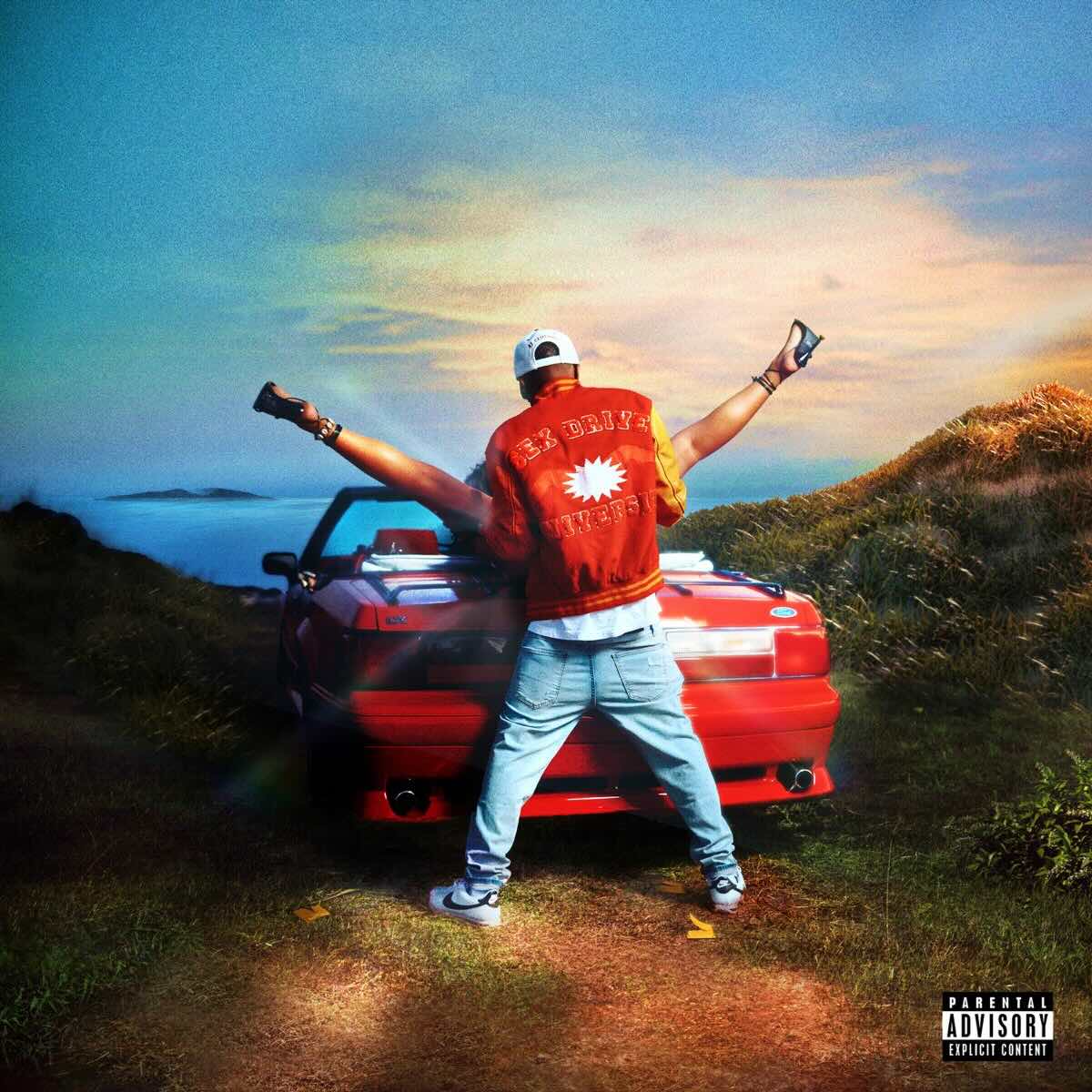
30. Chow Lee, Sex Drive
Chow Lee is confronted by a lover on “Practice!,” a standout track from the New York rapper’s 12th full-length project in half as many years. She claims that Lee “talks about pussy in all of [his] songs”—and she’s not lying. Because if you’ve heard of Lee, then you know that he can’t stop yapping about his seemingly inexhaustible sexual appetite. And that he does on the delightful and hilarious Sex Drive, which serves as a devotional text—a shrine really—to bushy vaginas, non-monogamy, and eating ass. They call him “Mr. Vagina,” Chow says on “Swag It!,” “not ’cause I’m pussy but because I know that pussy like inside and outside.” If you can’t relate to his obsessive horndoggery, it doesn’t really matter, because any topic that inspires a wordsmith to bounce around so energetically, launching from one feverishly relayed description to the next, is one worth celebrating. Lyons-Burt
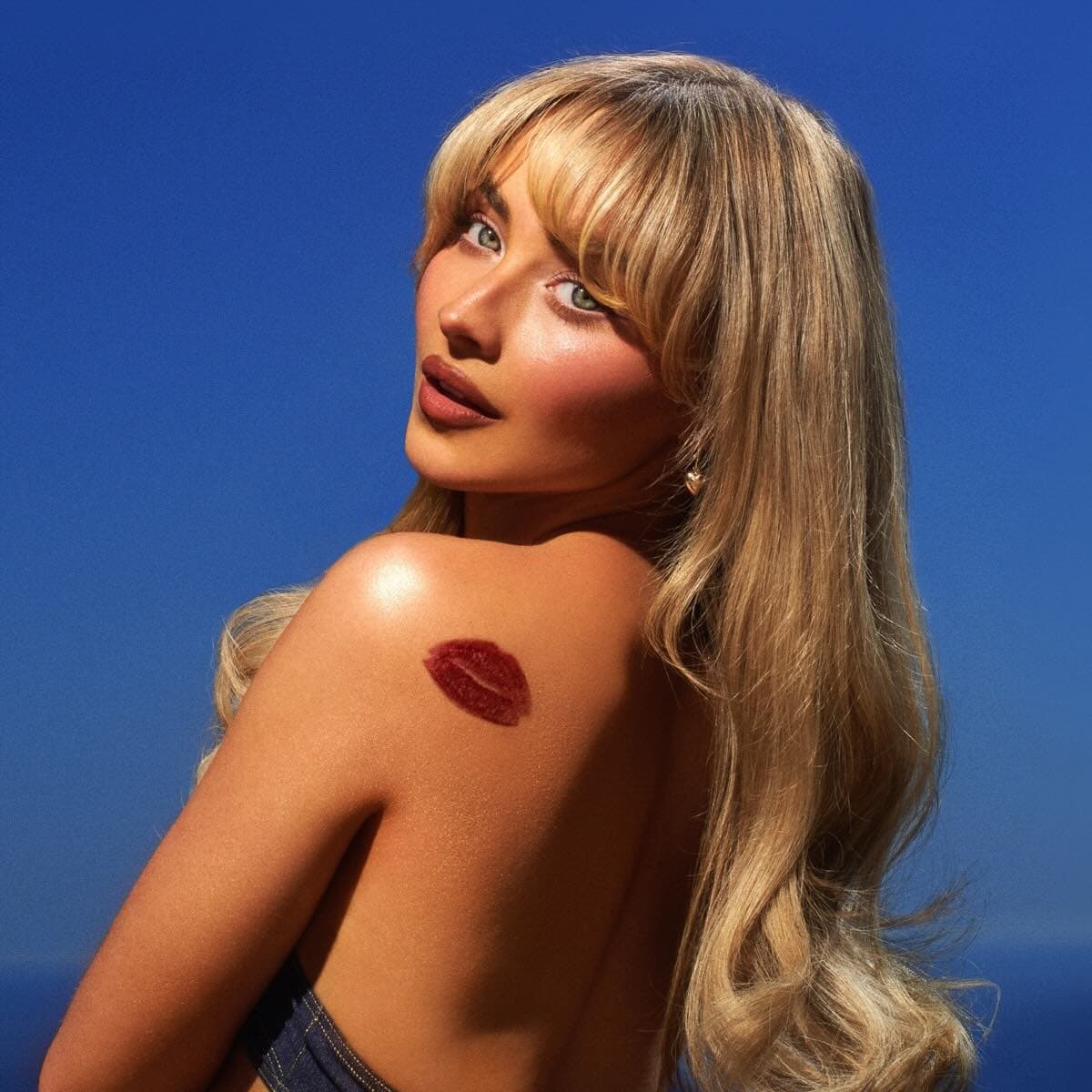
29. Sabrina Carpenter, Short n’ Sweet
“I’m stupid, but I’m clever,” Sabrina Carpenter sings on “Lie to Girls,” a track from her sixth studio album, Short n’ Sweet. The line is a turnkey for the character the singer plays across the album’s 12 tracks: a girl next door pursued by clueless hunks, the kind you might write off as “basic” before you discover that she has something unexpected to say. Carpenter and her collaborators, who include Jack Antonoff on a third of the songs, deftly integrate an evolving tapestry of sounds throughout, making for a near-seamless pop experience. Despite the buzzing pop-punk fake-out of the album’s opening track, “Taste,” Carpenter is more keen on acoustic stylings. This cohesiveness also largely owes to Carpenter’s confidence on the mic, as the choruses and verses melt into one another in a way that belies the songs’ rigorous pop structures. And her surprising flashes of wit make Short n’ Sweet much more than just a polished slice of pop. Lyons-Burt
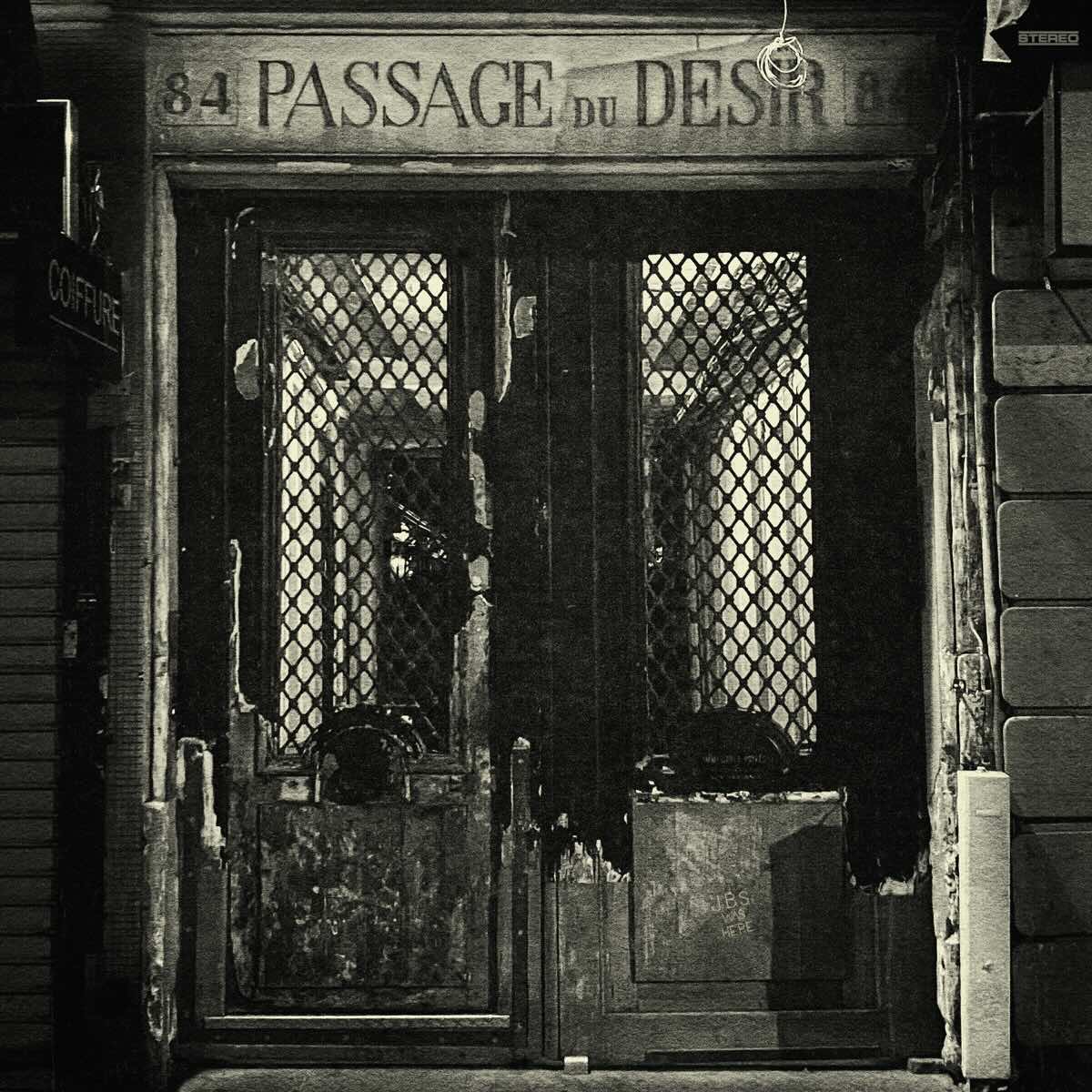
28. Johnny Blue Skies, Passage du Desir
Sturgill Simpson’s eighth studio album—and first under the alter ego Johnny Blue Skies—Passage du Desir pairs a classic-rock sound with more traditional country signifiers like pedal steel and mandolin. If the album’s arrangements allude to ’70s rock and country, Simpson’s lyrics reflect a new-age spirituality and interest in philosophy that nods to the counterculture of the era. And yet, a darker undercurrent ripples throughout Passage du Desir. “Jupiter’s Faerie” finds Simpson seeking out an ex lover only to learn that she’s dead, and the track’s sci-fi imagery crashes against the notion of mortality. Passage du Desir’s final track, “One for the Road,” features warped strings and heavily processed guitars that, together, make for a sound that’s both bluesy and trippy. The extended solo that closes the song drips with the heartache that courses through the rest of the songs. In the end, Passage du Desir serenity belies an intense human longing. Erickson
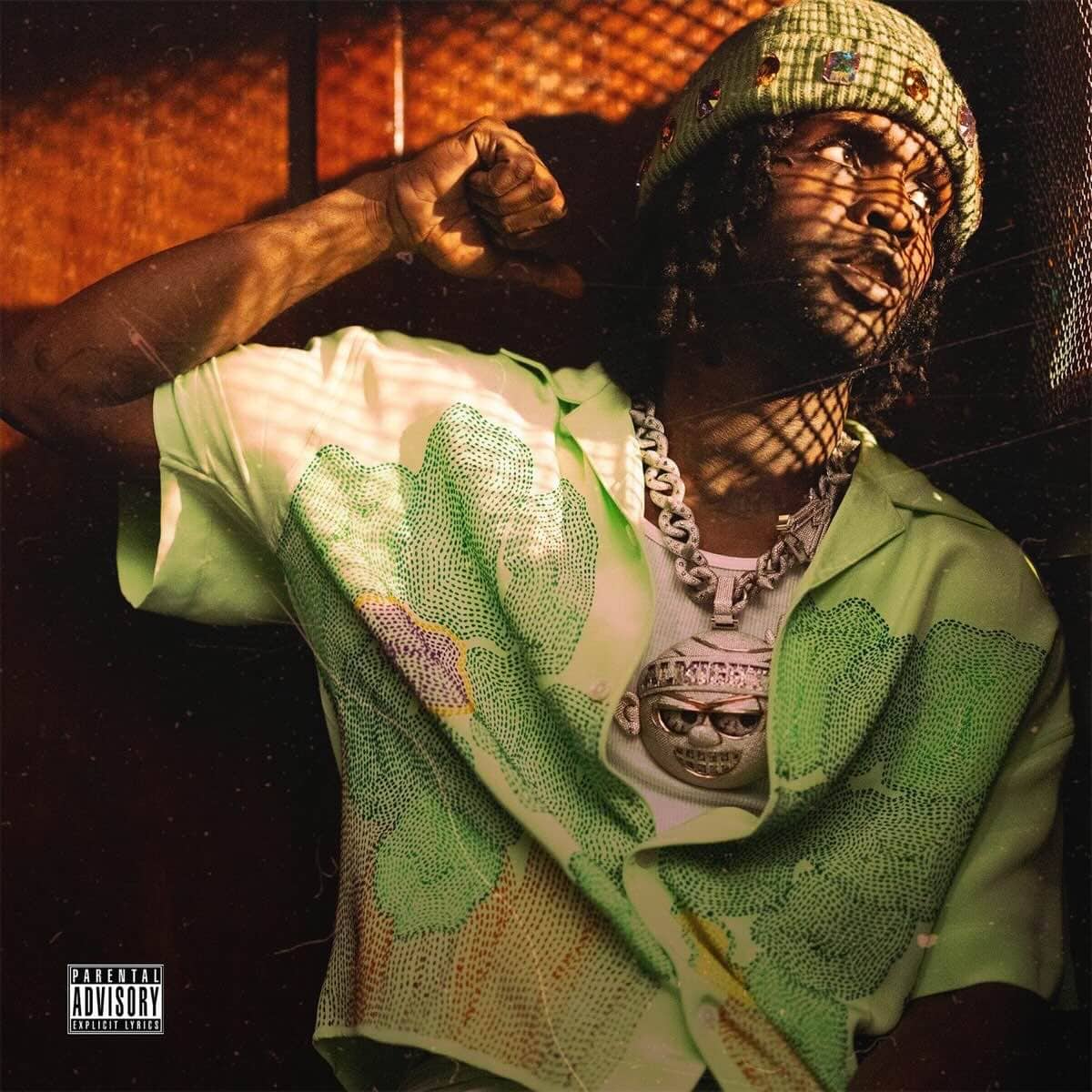
27. Chief Keef, Almighty So 2
“Don’t look up to Chief Sosa, look up to Jesus Christ,” Chief Keef fervently demands about a third of the way through Almighty So 2. This redirection of admiration from the Chicago drill legend is a poignant declaration, especially given how his fifth studio album unfolds like a resurrection narrative—the revival of a young talent from the depths of mixtape purgatory. Keef returns stronger and louder than ever with an unhinged, self-helmed spectacle that fully relishes in his avant-garde sensibilities as both a performer and producer. The album boasts bracing compositional extremes, where baroque professions of self-love (“Treat Myself”) and admissions of horniness (“Grape Trees”) coexist with 0-to-100 runaway heaters like “Never Fly Here” and “Neph Nem.” Almighty So 2 is larger than life yet retains the idiosyncrasies of a meticulously crafted opus. Attard
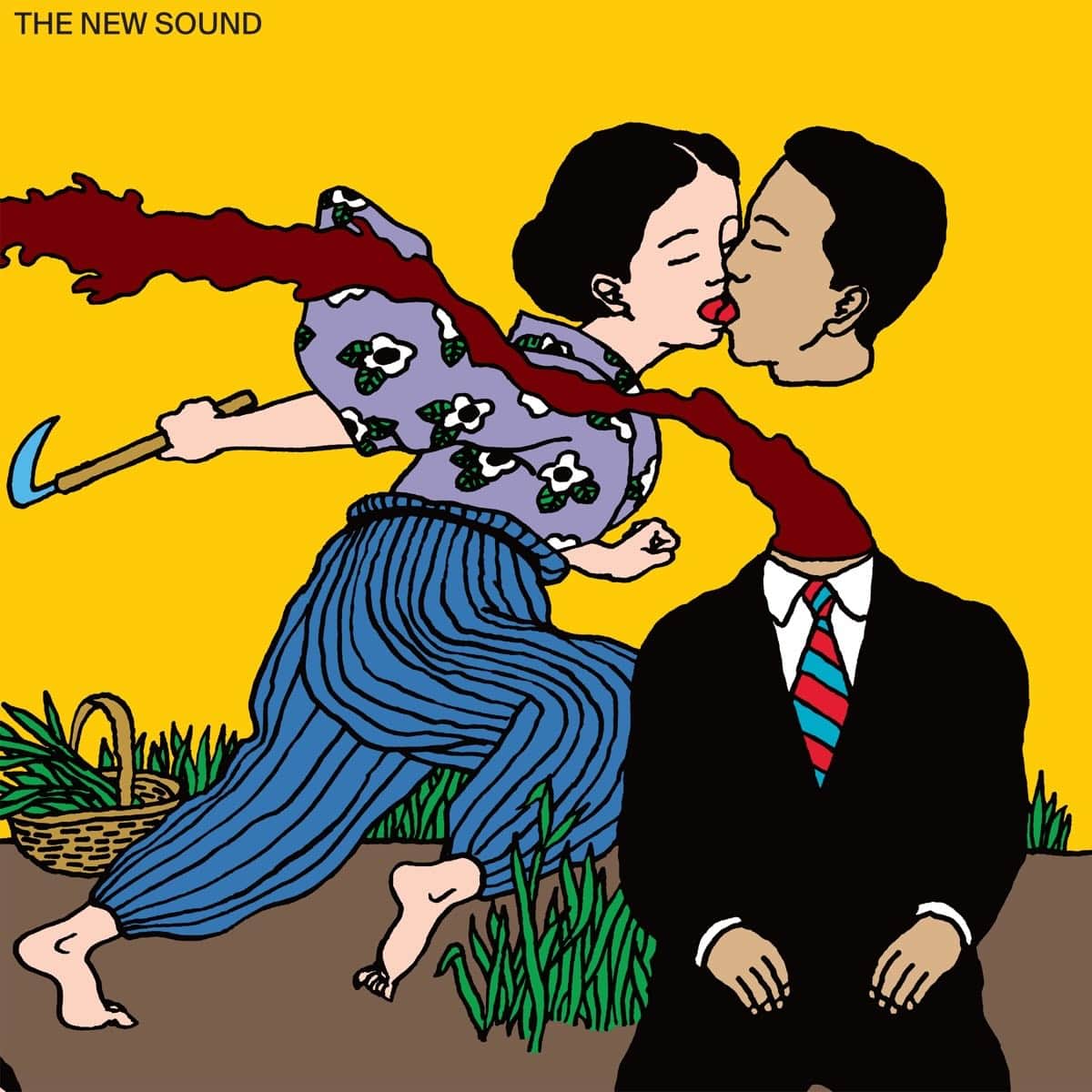
26. Geordie Greep, The New Sound
Former Black Midi singer-guitarist Geordie Greep takes stock of contemporary masculinity with his first solo album, The New Sound. Where Black Midi constructed elaborate worlds to tell stories about boxers and soldiers on albums like 2022’s Hellfire, Greep trains his focus on the type of men who worship at the altars of celebrity influencers like Andrew Tate and Jordan Peterson here, going so far as to adopt their voices and stick with them long enough to show the cracks in their pumped-up egos. The music on The New Sound matches the size of its characters’ ambitions and emotions. Greep writes crescendos rather than hooks, creating songs that are so dense that they would be hard to replicate live, but he places far more emphasis on groove than he did with Black Midi. But while the album aims large, beneath its enormous sound lies the unmistakable sorrow of a man crying alone. Erickson

25. Beyoncé, Cowboy Carter
Beyoncé’s Cowboy Carter is a landmark provocation that dares the country music establishment to look itself in the eye. Every choice the singer and her collaborators make on the album betrays a deep understanding of the genre’s past and present forms and how she’s uniquely capable of incorporating that genre know-how into her own unique artistic vision. Even when the production doesn’t sound overtly country, important genre signifiers or narrative tropes lay the foundation for the songwriting. As text, Cowboy Carter is instructive and essential. As popular music, it’s no less successful. “Daughter” and “Spaghettii” capture Beyoncé’s generational talent as a performer as brilliantly as anything she’s ever committed to record. The shorter interstitials (“My Rose,” “Flamenco,” “Desert Eagle”) could have been edited for concision and coherence, but the album’s sprawl speaks to Beyoncé’s ambition and willingness to get messy. Jonathan Keefe

24. MIKE & Tony Seltzer, Pinball
Known for his brand of effortlessly smooth stoner-introspection set to hazy lo-fi beats, Brooklyn-based MC MIKE kicks back, talks some shit, and counts his successes on Pinball with the help of whizkid Tony Seltzer and his hi-hat-heavy, chromatic production. Clocking in at just over 20 minutes, the album offers breezy, clean fun from an unexpected source, but its brevity shouldn’t be mistaken for insignificance. Plenty of delights abound, notably the seismic “Yin-Yang” and snappy “100 Gecs,” but the wry “On God,” which finds Earl Sweatshirt delivering one of the year’s catchiest hooks with a callback to “XO Tour Life” (“I feel like Uzi Vert, all my friends in the dirt”), best captures the project’s termite-art essence. Attard

23. Remi Wolf, Big Ideas
With her sophomore effort, Big Ideas, Remi Wolf made a compelling audition for pop’s A-list. Like this year’s breakout star, Chappell Roan, Wolf pens boisterous, tongue-in-cheek pop anthems that speak to highly relatable vulnerabilities and fears without taking herself too seriously. Across the album’s 12 tracks, she alternates between love-struck celebrations and crushing admissions of self-doubt. Often, these feelings coalesce simultaneously, like they do on “Wave”: “If I get too fucked up/If I get drunk all night/Will you still love me?” Amid the emotional highs and lows of Big Ideas is a consistently adventurous musical spirit, with shades of indie-folk, disco, shoegaze, and emo being incorporated into one delectable package. For all its eclecticism, what’s never lost is Wolf’s keen sensibility for pop songcraft and melodrama. Williams
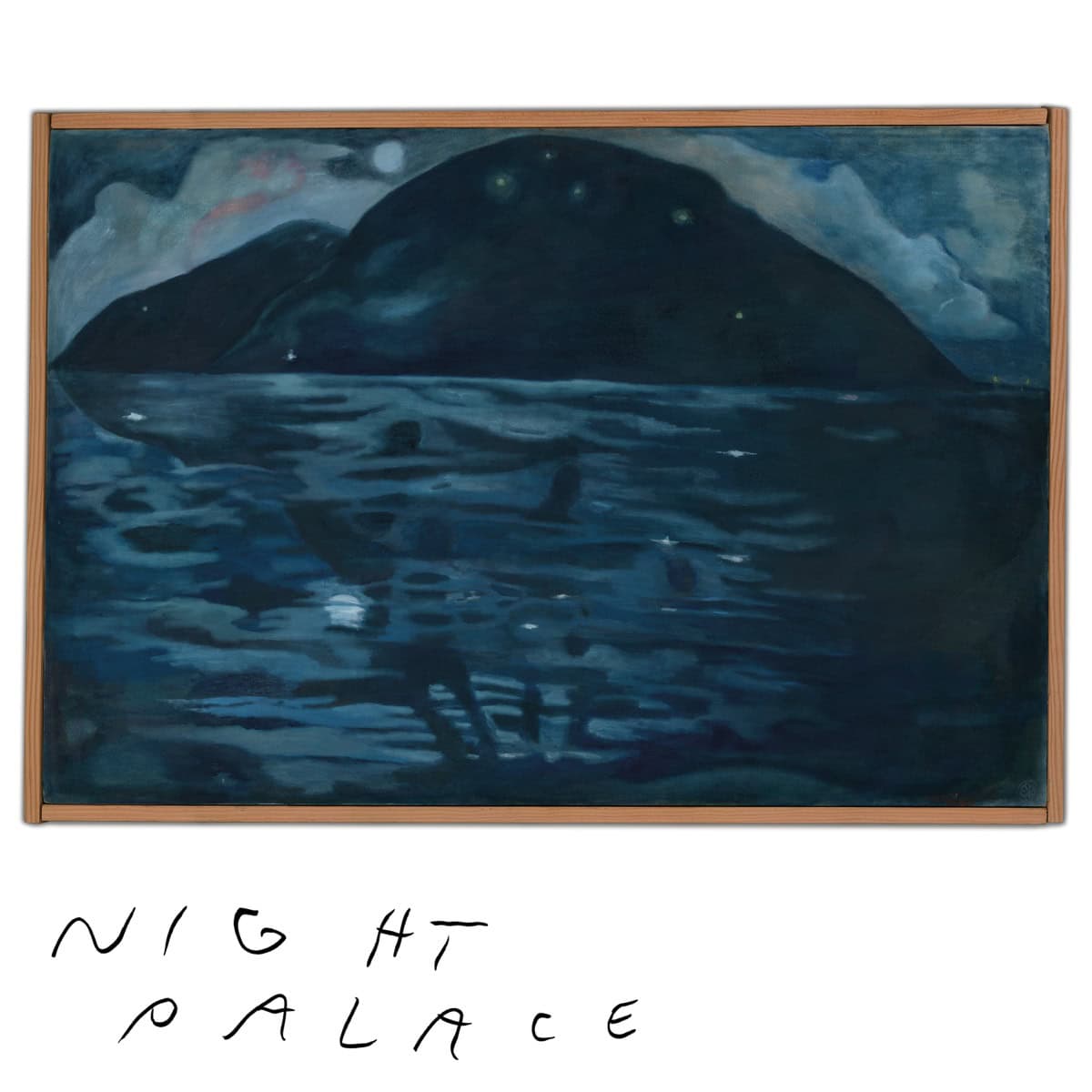
22. Mount Eerie, Night Palace
Mount Eerie’s Night Palace is far more guarded than songwriter and producer Phil Elverum’s last couple of albums, filled with Motorik beats and buzzing guitars that threaten to swallow up his fragile vocals. The DIY feel of the album’s packaging and presentation extends to the lo-fi recordings themselves as well as the lyrics, which read like diary entries turned into poetry. Mount Eerie’s glitchy noise mirrors the Pacific Northwest’s weather, with sounds and samples evoking storm clouds amassing on the horizon. Elverum pushes sonic elements to their breaking point: The folky “(soft air)” quickly transforms into a blast of feedback, while the droning keyboards on “Wind & Fog pt. 2” overpower the brief stretches of vocals and guitar. Because Night Palace defies easy categorization, it ultimately offers a welcome challenge, as mysterious and fickle as nature itself. Erickson
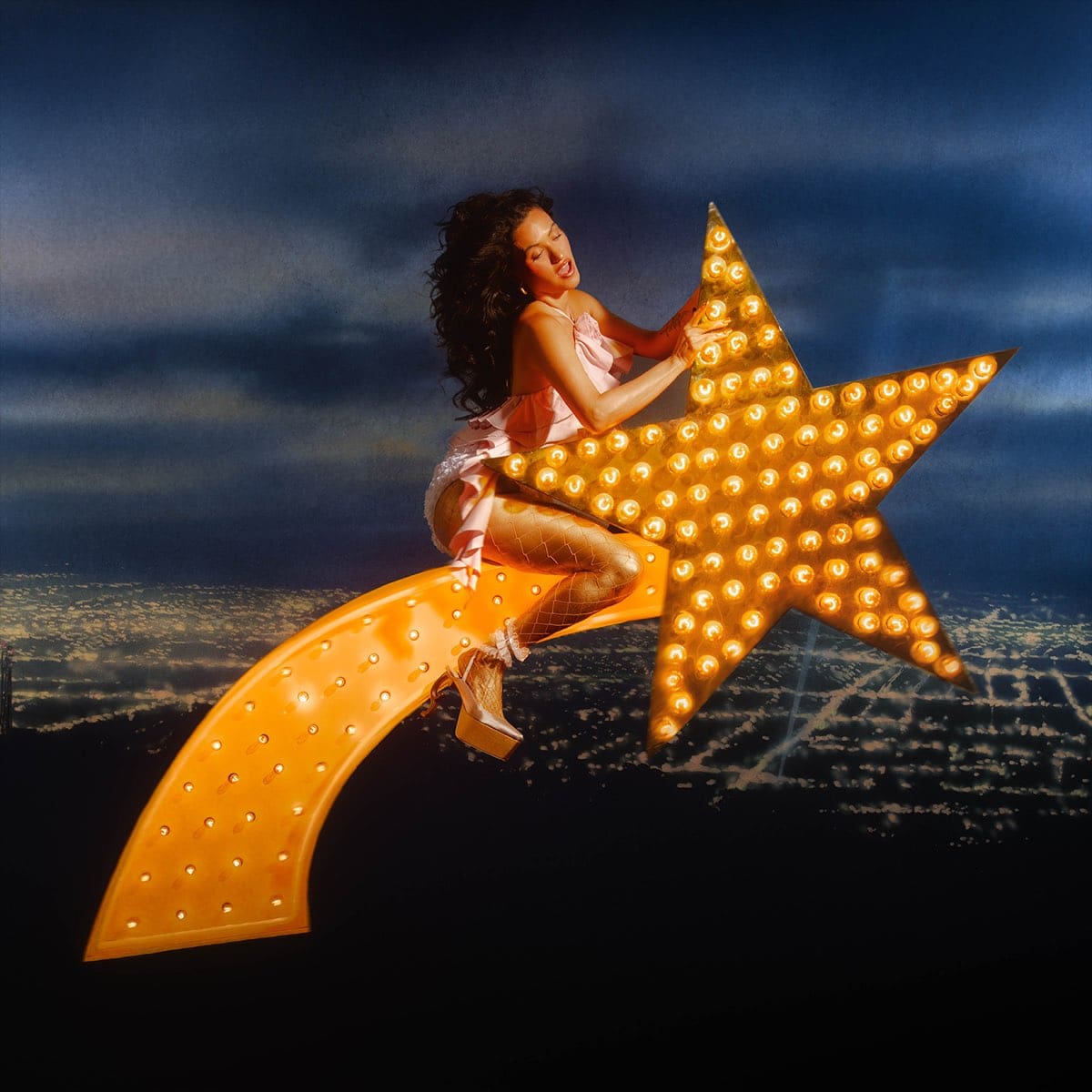
21. Empress Of, For Your Consideration
Empress Of’s For Your Consideration is a celebration of Lorely Rodriguez’s voice as both an artist and vocalist. The album’s title suggests Rodriguez’s hesitation about the self-marketing that celebrities are tasked with mastering, but she isn’t shy about putting her emotions at the forefront of these otherwise sonically ultra-processed tracks. Closer “What’s Love” frankly lays out the vulnerabilities of a relationship: “If love can’t make you, break you, shake you, then what’s love?” If past Of Empress songs like “When I’m with Him,” from 2018’s Us, presented Rodrigeuz as unhappy and alienated, like a character out of a Sally Rooney or Otessa Moshfegh novel, For Your Consideration is the sound of an artist living in the moment. Erickson
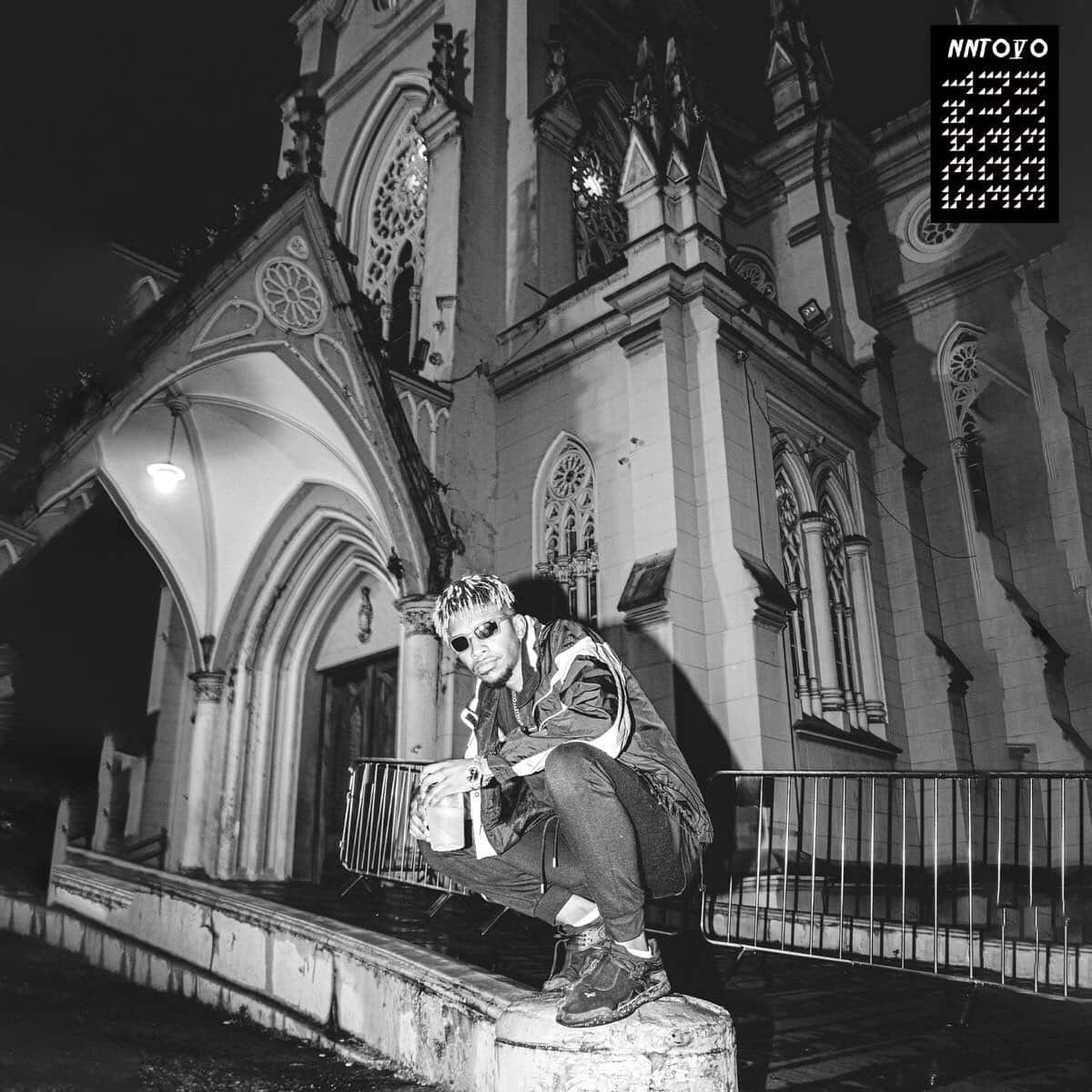
20. DJ Anderson do Paraiso, Queridão
If raves exist in hell, DJ Anderson do Paraiso would be behind the decks. After all, his minimalist Brazilian funk is as chilling as the icy wind from Satan’s wings and sinister enough to make even the most damned souls shiver. Compositionally speaking, Queridão gives you little to grasp onto, as the basic tenets of electronic arrangements are completely ignored: There are no chords, arpeggios, snares, or consistent hi-hats, and little melody beyond a few samples. The emphasis, instead, lies on rhythm, pacing, impressive sound design, and the almost meditative space between sonic elements. In that sense, Queridão feels more like an installation piece—something you’d walk through in a museum—than a collection of tracks you’re expected to boogie to. Paraiso’s refined take on dance music is pure sonic verve, where every metallic pang and each new MC that pops in, no matter how fleeting or seemingly non-essential, swaggers about like a villainous desperado. Attard
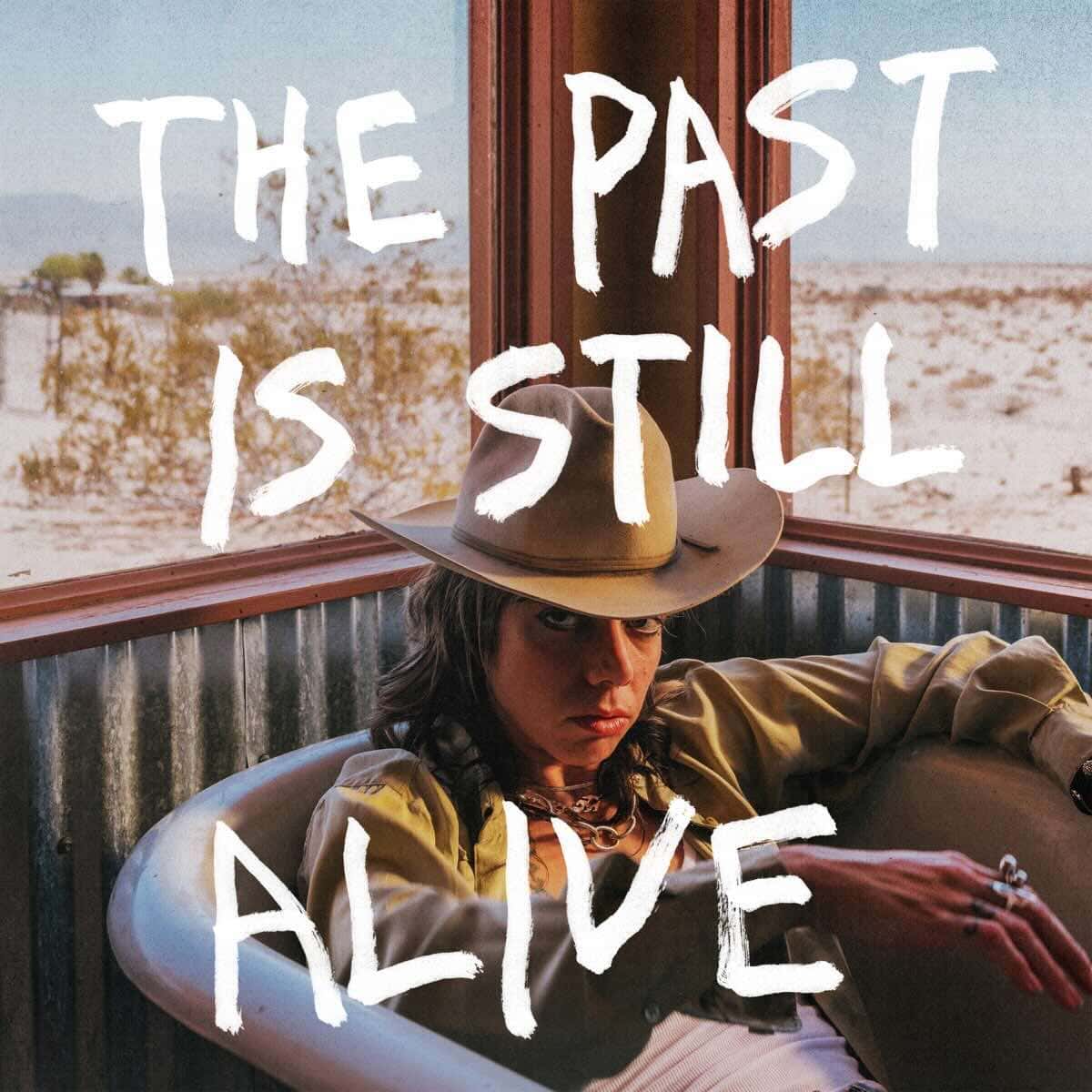
19. Hurray for the Riff Raff, The Past Is Still Alive
“Alibi,” the opening track of Hurray for the Riff Raff’s The Past Is Still Alive, embraces the sense of invincibility that comes from facing down the very worst that life can throw at you. “You don’t have to die if you don’t wanna die/You can take it all back in the nick of time,” Alynda Segarra sings. The arrangement, featuring organ and bursts of tambourine, imbues the song with a sense of resilience and liberation—a relentlessly forward-moving spirit that recalls the music of Lucinda Williams, Gillian Welch, and Waxahatchee. The rest of The Past Is Still Alive is likewise informed by recollections of both a friend’s addiction and the passing of Segarra’s father, charting a determined, if sometimes uneasy, journey to make peace with uncomfortable truths. Williams
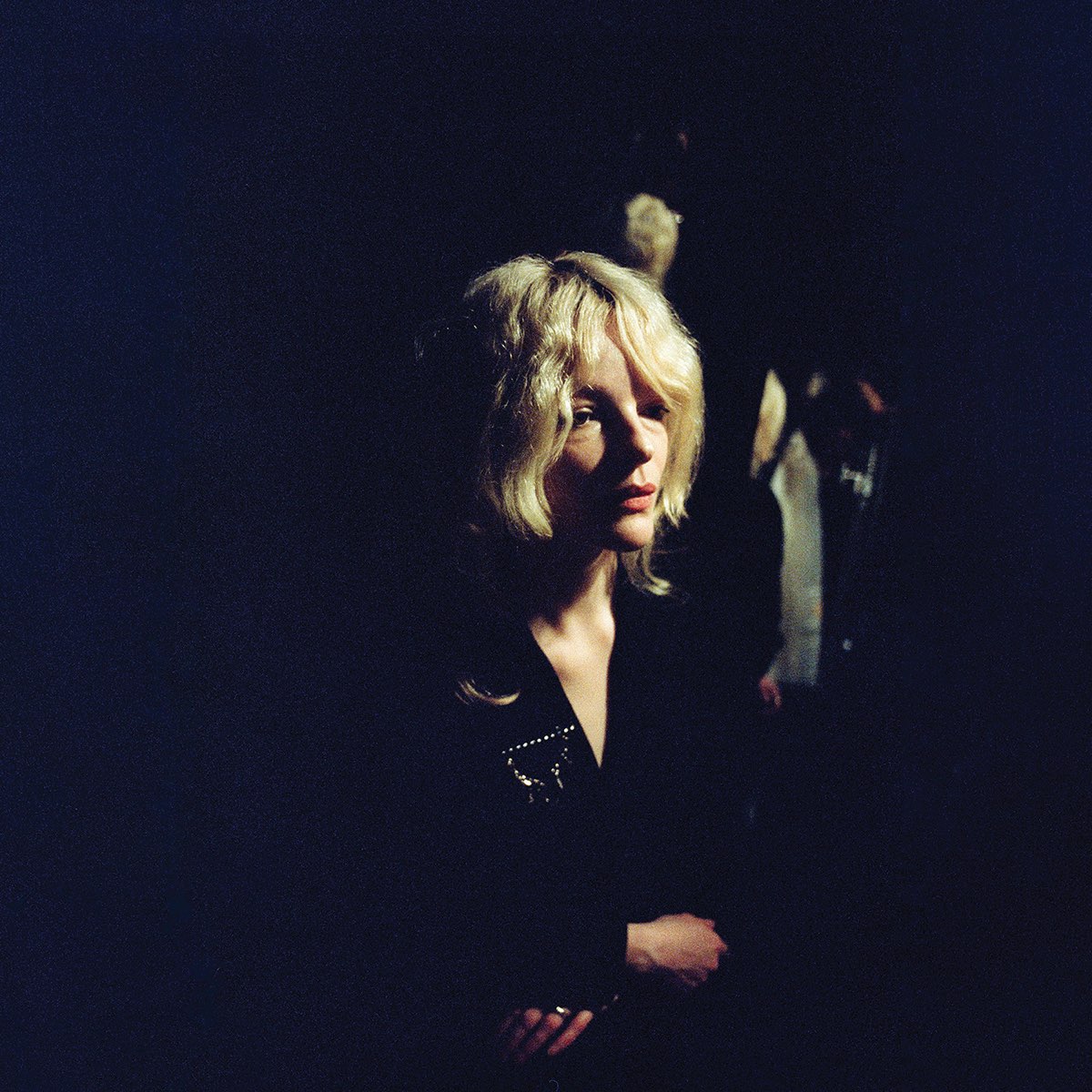
18. Jessica Pratt, Here in the Pitch
Jessica Pratt’s hypnagogic pop feels like it emerged from a 1960s time capsule. Inspired by the height of the hippie era in California, the singer-songwriter’s fourth studio album, Here in the Pitch, is a fuzzy, nostalgic collection that’s effortlessly melodic, but its nine songs feel timeless rather than dated. Pratt’s lyrics, which are rich, poetic, and confessional, speak to universal fears and desires that transcend time and place. On “World on a String,” she lays bare her ambition: “I want to be the sunlight of the century/I want to be a vestige of our senses free.” And with Here in the Pitch, she more than delivers. Williams
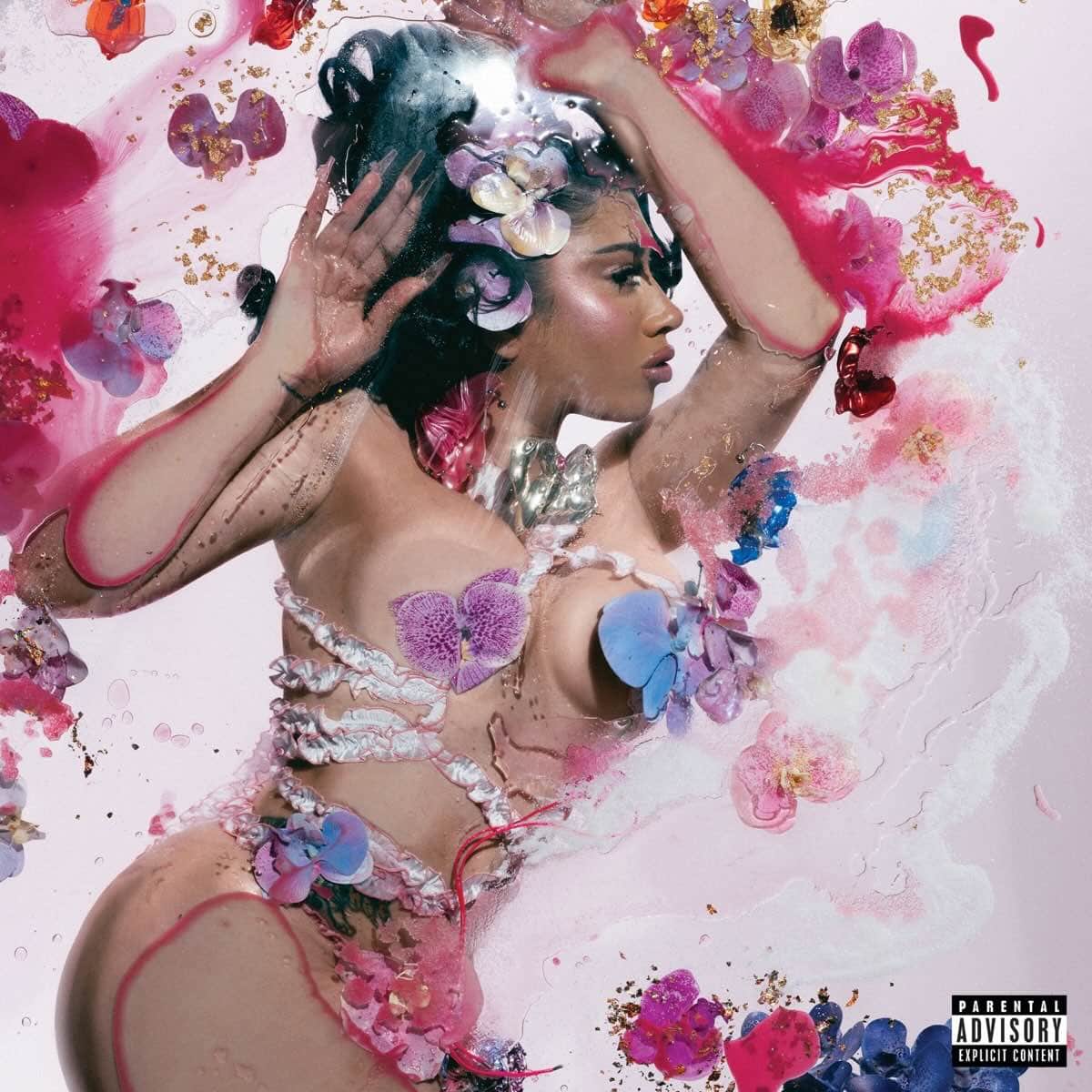
17. Kali Uchis, Orquídeas
Kali Uchis’s Orquídeas is a bold, prismatic display of the Colombian-American artist’s enviably confident persona and prowess as a hooksmith. Throughout the album, Uchis is as likely to declare her undying affection as she is to threaten to dog-walk her haters, building on her brand of disaffected bilingual balladry with a newfound sense of irreverence. Exquisite love songs like “Tu Corazón Es Mío” soar alongside reggaeton bangers like the eye-popping, beat-switching “Muñekita,” with each of the album’s 14 tracks offering tastes of luxurious grandeur and humor—all in service of intoxicating replay value. On closing track “Dame Beso // Muévete,” Uchis takes a victory lap, breaking out in an unexpected and invigorating merengue jam that stands for the lasting legacy of Latin music. Mason

16. Beth Gibbons, Lives Outgrown
Beth Gibbons’s first official solo effort, Lives Outgrown, picks up where Portishead’s 2008 album, Third, left off, with detail-rich orchestral chamber pop backing a stunning exploration of aging and grief. The singer’s existential fears about time’s creep and holding onto once-vibrant emotions and connections is as captivating as it is devastating. Across the album’s 10 songs, Gibbons swims against life’s currents. Musically and thematically, she actively resists the dulling of sensation that, she suggests, comes with age: “I used to feel the feelings,” she sings on the unsettling “Burden of Life.” Lives Outgrown presents an artist whose capabilities have been sharply honed, with the skill to convey all of life’s complicated, thorny emotions. Lyons-Burt

15. A.G. Cook, Britpop
Characterized by heavy audio manipulation, cartoonishly catchy pop hooks, and gleefully artificial alter egos, the music released on A.G. Cook’s PC Music label openly embraced synthetic sounds and consumerist aesthetics. The title of Cook’s third album, Britpop, places these two movements in conversation with one another. The three-disc opus begins by looking backward. Ever the futurist, though, Cook’s version of “the past” still sounds pretty forward-minded throughout the album. For one, early tracks like “You Know Me” and “Prismatic” move at a breakneck pace, with glitchy synths and chopped-up vocals that feel designed to rattle even the most TikTok-addled brain. If Cook’s career is defined by one thing, it’s pushing the boundaries of the genre to their limits. With that in mind, Britpop is some kind of culmination of that effort, challenging the listener’s assumptions about what pop is, and offering an exciting glimpse of what it could be. Seip
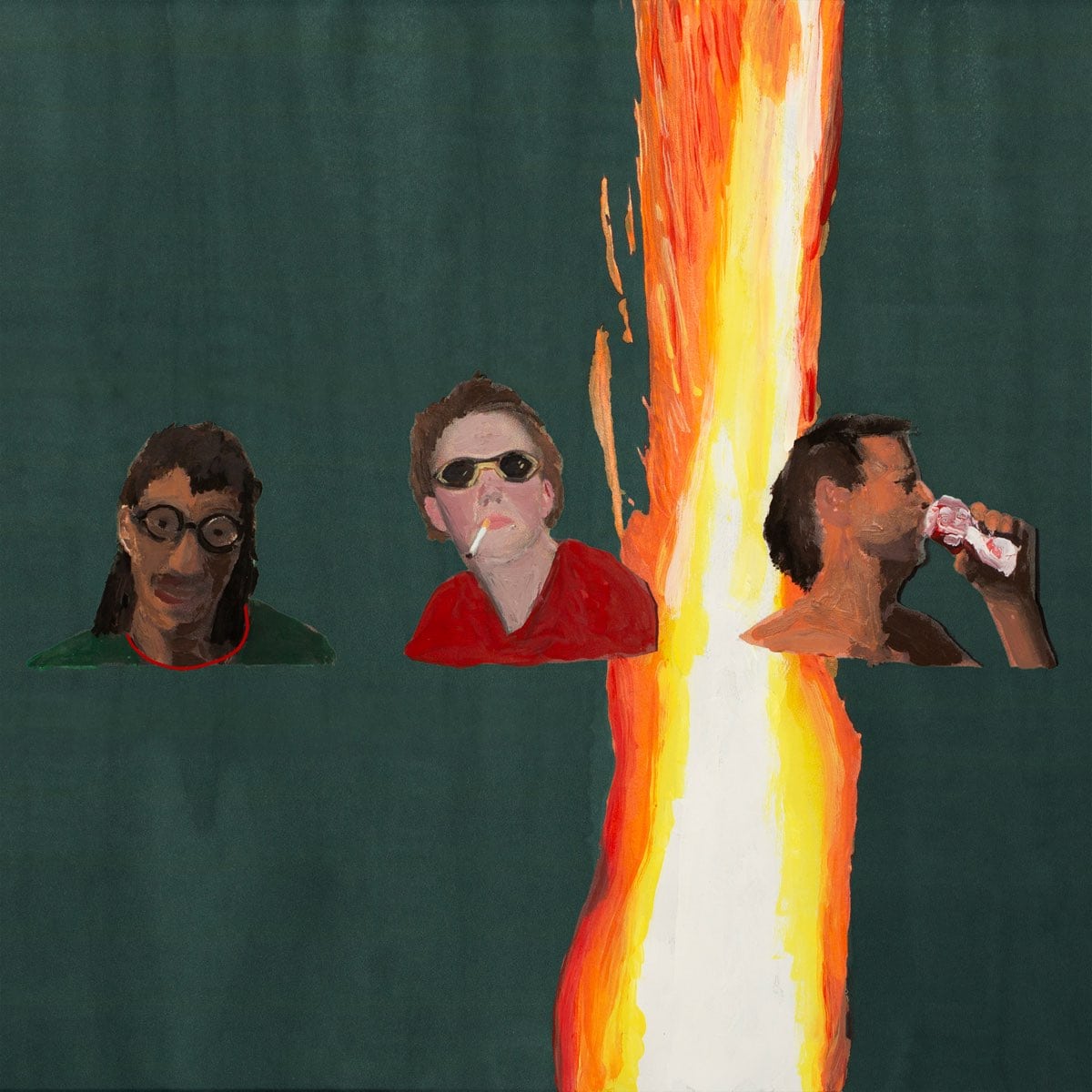
14. MJ Lenderman, Manning Fireworks
Manning Fireworks is something of a solitary affair: MJ Lenderman performed most of the album himself, centering his rusty nail guitar work and laidback drawl, with a few scattered contributions from friends, including Wednesday bandmates Hartzman on backing vocals and Xandy Chelmis on pedal steel. You can’t blame Lenderman for enjoying his own company if the alternative is spending time with the drunks, letches, and losers who populate these songs. Manning Fireworks, though, is much less of a downer than one might expect from an album that trawls the depths of humanity for people who spend their time passed out in their cereal bowls and “burdened by those wet dreams of people having fun.” There’s enough dry sarcasm in Lenderman’s voice that if you can’t feel a little bit of sympathy for the alienating weirdos he sings about, then you can at least laugh at them. Winograd
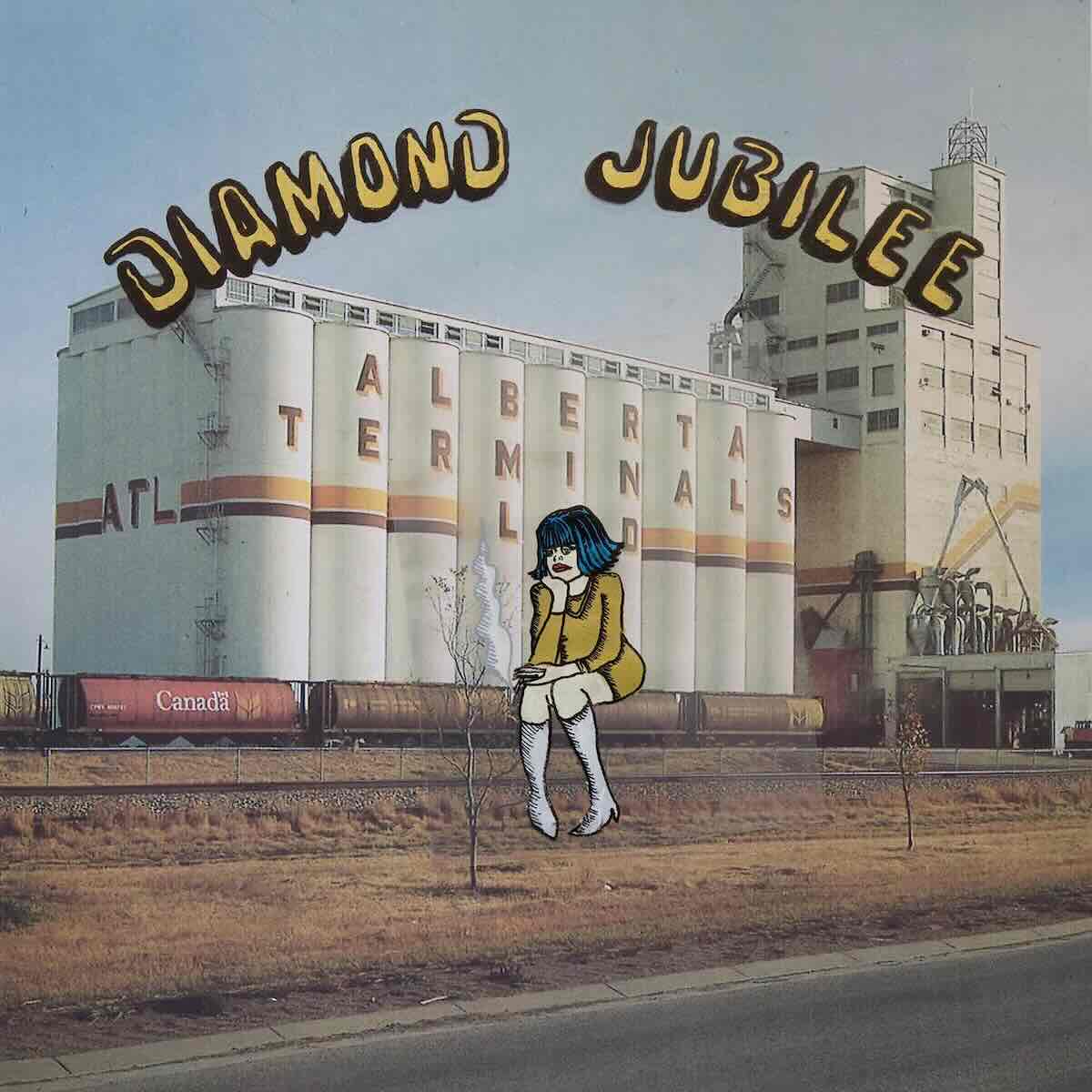
13. Cindy Lee, Diamond Jubilee
Diamond Jubilee is as staggeringly ambitious as it is aggressively reactionary—against 21st-century production values, prevailing genre preferences, and instant gratification. You can only listen to it on YouTube, or by downloading the files from a hilariously dated-looking Geocities page. But former Women singer-guitarist Patrick Flegel, working mostly alone as their drag-clad alter ego Cindy Lee, ensures the search is more than worth it. These 32 nostalgic, ethereal tracks of skeletal rhythms and haunting harmonies—hitting on girl group-style balladry, garage rock, synth-pop, and even some weird Gregorian chants for good measure—may have the fidelity of a rogue broadcast accidentally picked up over a transistor radio, but the songcraft is world-class. By stripping down what sounds like a parade of lost hits and ensuring that you have to actually put in a little effort to find it, Flegel has created something like the platonic ideal of what was once “underground.” Winograd
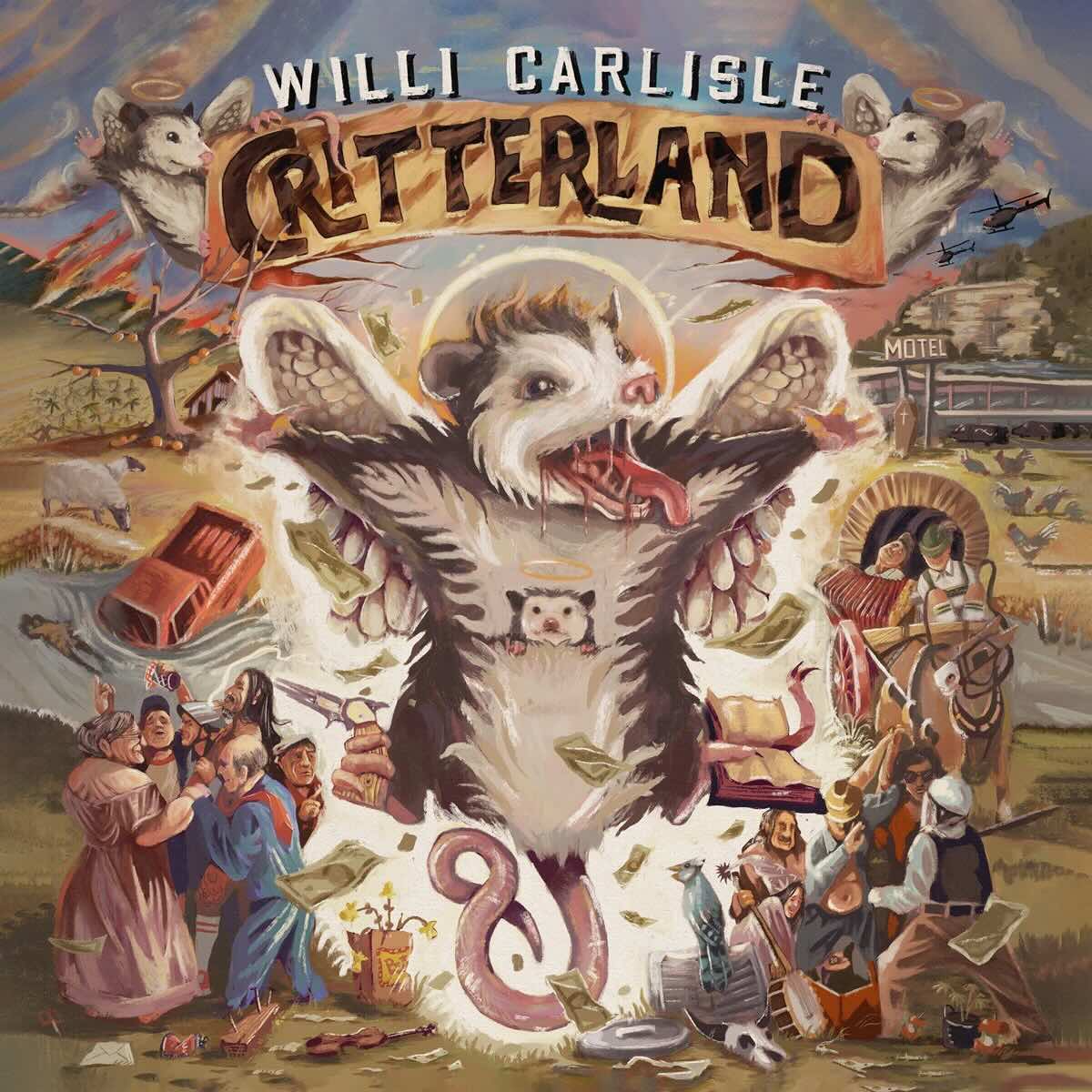
12. Willi Carlisle, Critterland
On Critterland, Willi Carlisle finds silver linings in life’s bleakest moments, while at others he discovers that rock bottom has a basement. Underpinning it all is an unwavering commitment to living authentically. On “The Arrangements,” the singer looks grief in the eye, refusing to shy away from its contradictions and unwelcome realizations. Reflecting on his father’s passing, the most conciliatory message he can offer is, “It’s still sad when bad men die.” His delivery ranges from a traditional folk style of singing to near-rapping; at times he delivers his words with the careful precision of a poet, while at others he booms like a fire-and-brimstone-style pastor. Challenging, startling, and deeply powerful, Critterland is a worthy addition to the canon of country-folk classics. Williams

11. Mannequin Pussy, I Got Heaven
I Got Heaven isn’t so much a reinvention as it is a reinvigoration—a doubling down on all of the things that make Mannequin Pussy one of the most electrifying rock bands working right now. The album feels at once spontaneous and meticulous, no doubt owing to the collaborative writing process and the steady hand of producer John Congleton. For the way they mix elements of hardcore, shoegaze, and power pop across their music, Mannequin Pussy have long defied strict categorization. And reflective of the band’s penchant for blurring genres, the new album remains fiercely focused on its singular theme of freedom. Through a balance of firebrand punk and intoxicating power pop, I Got Heaven is a musical expression of self-governance and all the pain and pleasure that comes with it. Seip

10. Magdalena Bay, Imaginal Disk
As natives to both the digital world and the prog-rock scene, Mica Tenenbaum and Matthew Lewin, a.k.a. Magdalena Bay, are used to doing deep-dives into the maximalist side of things. The Miami-based duo smashes together a myriad of sounds and playfully gaudy visuals into a big, organized mess, and Imaginal Disk finds them at their most radical. “Tunnel Vision,” the album’s five-minute centerpiece, presents a singular expression of what Magdalena Bay does so well. They practice relative restraint for the song’s first half, but then the bottom falls out, and just when it feels like it might fall apart, the track dives headfirst into a pounding synth rock epic. The album is bookended by a musical motif, a deceptively simple approach that proves that, despite its seemingly arbitrary twists and turns, the lengthy and ambitious Imaginal Disk is in fact heading somewhere. Seip

9. Cassandra Jenkins, My Light, My Destroyer
Cassandra Jenkins isn’t much of a rock-‘n’-roll singer. “Clams Casino,” the second track on the Brooklyn singer-songwriter’s third studio album, My Light, My Destroyer, is the zippiest rocker she’s penned to date, but her whispercore vocals clash with the song’s jagged electric guitars and chugging rhythm. Fortunately, this is an anomaly on an album in which Jenkins’s voice typically melts seamlessly into the subtle, vast sonic tapestry. Working with a large ensemble of collaborators, Jenkins explores a broader range of genres and moods on My Light, My Destroyer than she ever has before. Most of the musical elements feel fairly familiar—folksy strumming, Pixies-ish guitar riffs, jazzy saxophone—but when they’re woven together with field recordings and found sounds, something new, almost otherworldly begins to emerge. It’s a perfect backdrop for a set of songs that finds Jenkins plumbing the mundane and even dreary aspects of life only to uncover something utterly sublime. Winograd

8. Nilüfer Yanya, My Method Actor
With her first two albums, particularly 2022’s Painless, Nilüfer Yanya created moody, irresistibly immersive guitar pop. She levels up even more on her third studio album, My Method Actor, and intensifies her songwriting game to boot. The guitar work, courtesy of close collaborator Wilma Archer, deals in extremes, contrasting naturalistic acoustic licks with splayed-out electric fuzz to maximal effect on tracks like “Like I Say (Runaway).” My Method Actor is predominantly minor key and melancholic in tone, with lyrics that reinforce a lack of personal fulfillment and a search for satisfaction, both internally and interpersonally. Even the subtle difference between the album’s title and the song “Method Actor” highlights the fact that the person making pretend could be a part of herself or someone else “comin’ around like a washed-out cartoon.” Which is to say, Yanya gives us specificity rather than just pointing to broad, sweeping emotions. Lyons-Burt
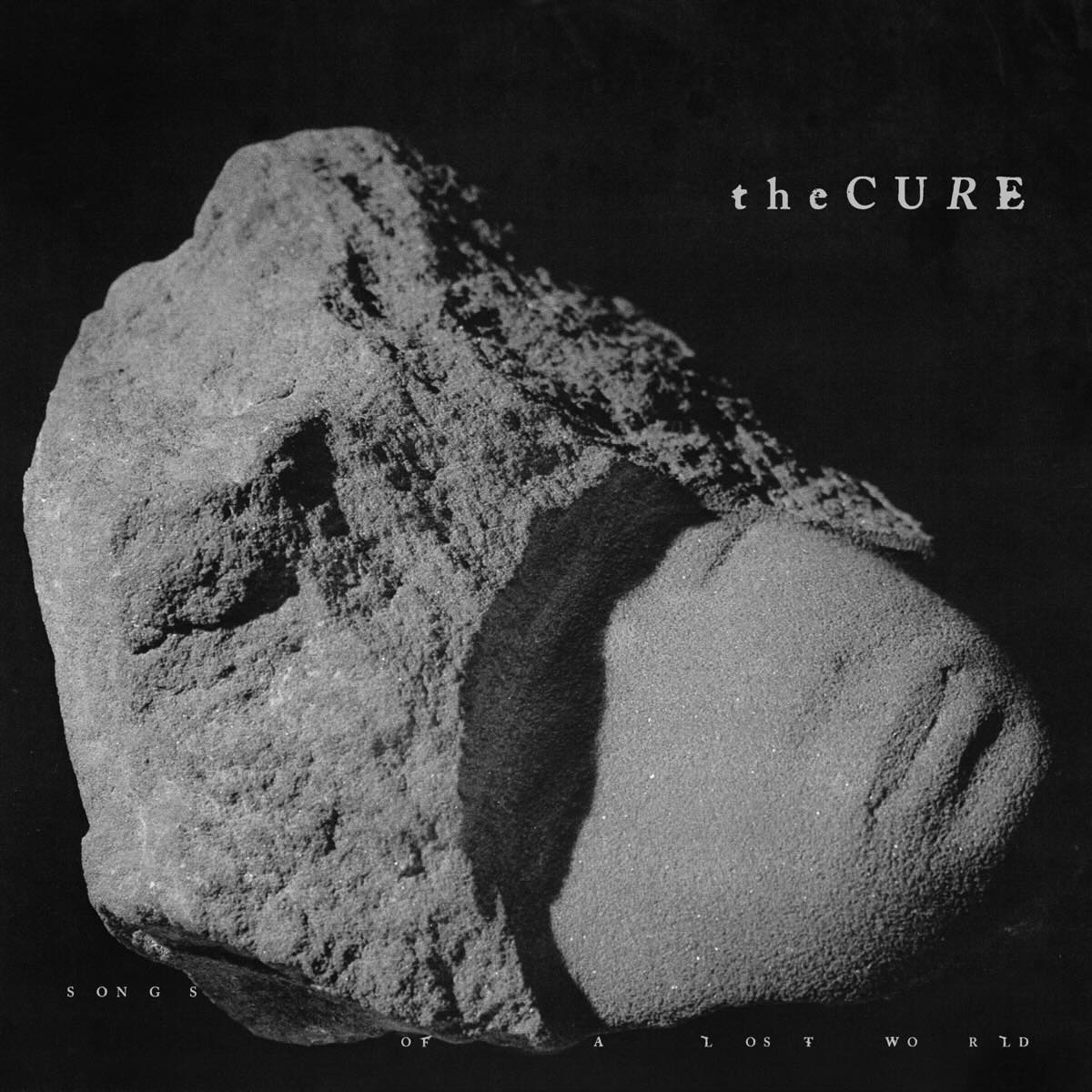
7. The Cure, Songs of a Lost World
Unlike much of the Cure’s output between the mid-1990s and 2008, Songs of a Lost World is textured and well-balanced, achieving a cinematic wall of sound worthy of comparison to 1989’s Disintegration. Just shy of 50 minutes, it’s also the band’s first studio album in 16 years that isn’t excessively long—a welcome change for a group that, while it excelled at taught minimalism early in its career, has tended toward rock excess ever since. Songs of a Lost World, much of which was originally recorded back in 2019, finds the Cure not only avoiding past mistakes, but also the pitfalls that can befall releases with such a protracted development. The album doesn’t feel overworked, and largely sounds like a band playing live in a room. Songs of a Lost World is exactly what it was intended it to be: a somber, at times beautiful, reflection on love and loss. Lewie Parkinson-Jones

6. Vampire Weekend, Only God Was Above Us
Vampire Weekend’s first album in five years and their first with (most of) their original lineup in more than a decade, Only God Was Above Us doesn’t tell us a whole lot about the interior lives of Koenig, bassist Chris Baio, or drummer Chris Tomson. What it lacks in confessionals, though, it makes up for with a sharp conceit: a Cold War allegory about romance, contrasting references to conflict in Eastern Europe and Russia with domestic issues and memories. In mounting this framework, Koenig also subtextually gets at a cannier truth: Experiences are messy in the moment but, in retrospect, can be neatly packaged into legible, consumable histories. “Sifting through centuries/For moments of your own,” he sings on “Capricorn.” This results in Vampire Weekend’s most thematically cogent work, if also its loosest sonically. Lyons-Burt
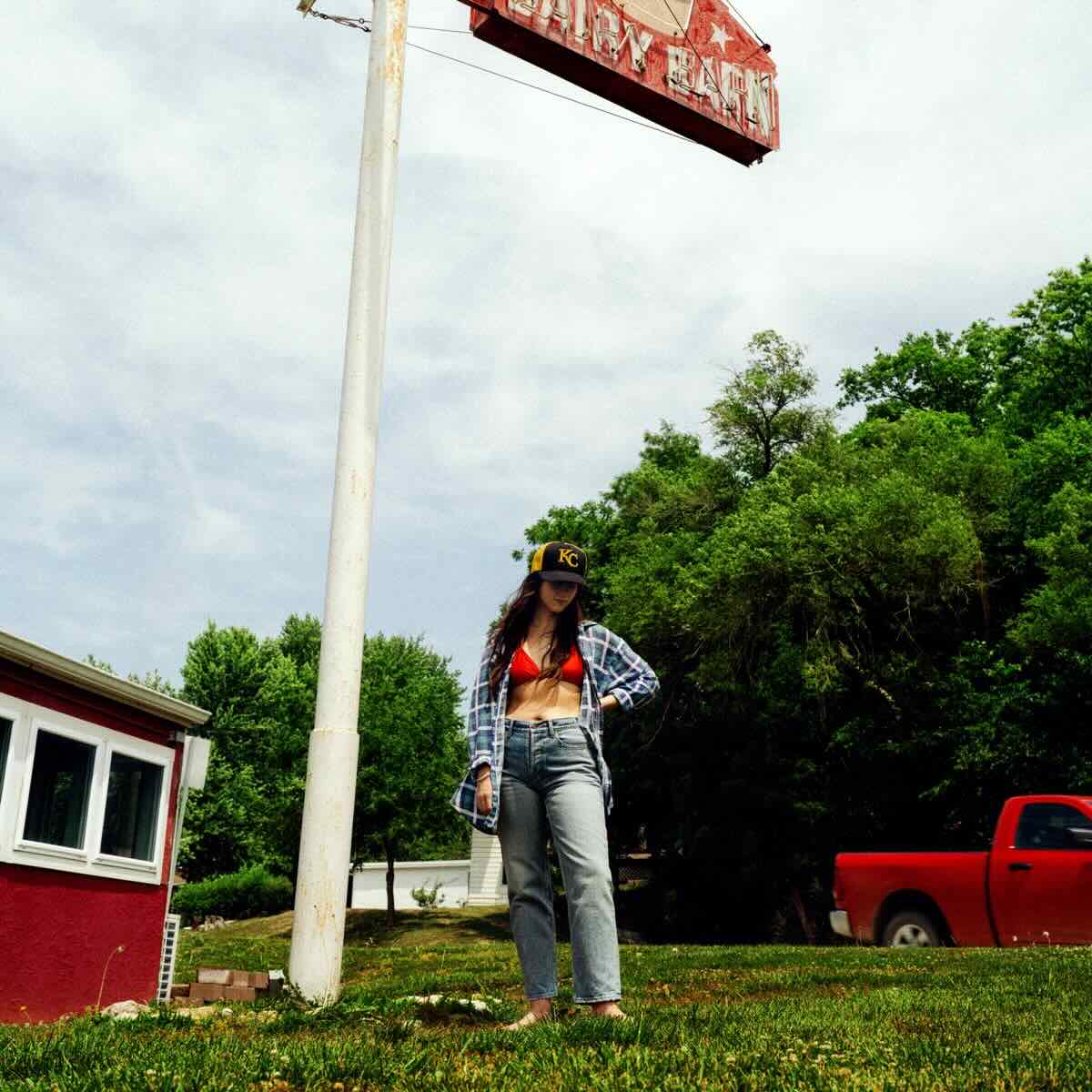
5. Waxahatchee, Tigers Blood
What’s perhaps most striking about Katie Crutchfield’s music is that it dares to wrestle with honest depictions of its milieu. Tigers Blood is reflective without being overly sentimental. She pushes beyond idyllic small-town imagery, exploring the recklessness of youth and the privilege that comes with it: “Drank someone else’s juice and left only the rind,” she sings on the title track. There’s a kind of covert theatrical structure to Crutchfield’s music that nonetheless comes off as homespun and naturalistic. On “Lone Star Lake,” the guitars stick to a circular, constrained riff as the banjo prattles on, allowing the melodies to sneakily mount and have unexpected impact. Tigers Blood takes Waxahatchee from a tight close-up to a sweeping landscape view, filling the canvas completely. Lyons-Burt
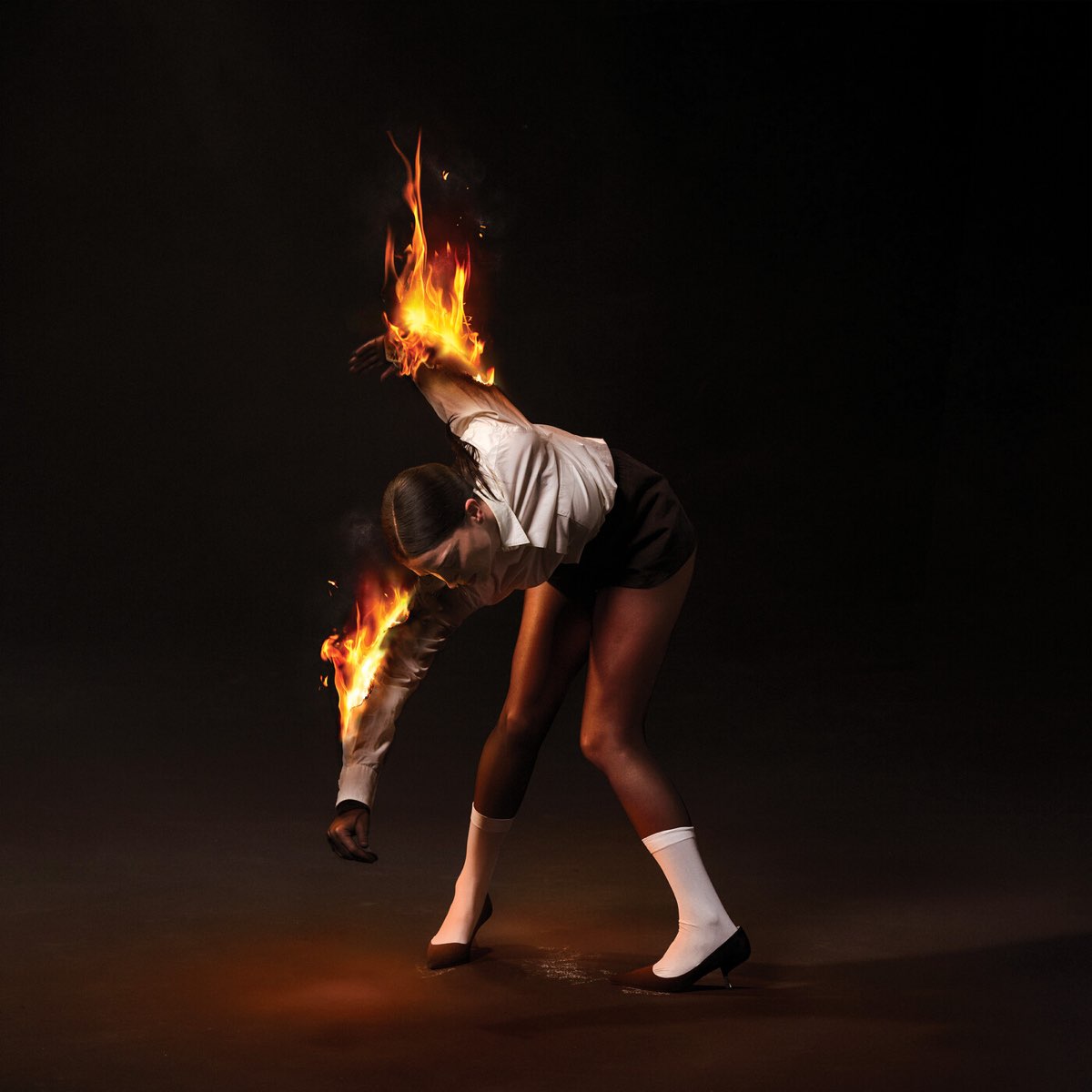
4. St. Vincent, All Born Screaming
Annie Clark’s seventh solo album finds the musician at her most fragile and ferocious, seeking beauty among the waste and wreckage of 21st-century life. Itself a beautifully ugly thing, All Born Screaming is a visceral examination of art and nature when both are pushed to the brink. Clark longs for a safe space, contextualizing the plight of the artist within the plight of the planet. “She isn’t smiling, but she’s happy you’re here, we’ll make a killing from her trauma,” the singer declares on the reggae-infused “So Many Planets.” The closest the album gets to answering the existential questions it poses is on “Sweetest Fruit,” which opens with a tribute to late electronic artist Sophie, who fell to her death from a rooftop in 2021 while trying to get a better look at the moon. “The sweetest fruit is on the limb,” Clark answers. Whether we make it or not, she seems to suggest, the beauty is in the reach. Seip

3. Billie Eilish, Hit Me Hard and Soft
With her exquisite third album, Billie Eilish further cements her status as alt-pop’s happy warrior, keeping one foot in the mainstream and another firmly outside of it. At just 10 tracks, Hit Me Hard and Soft is both Eilish’s most concise and most ambitious album to date. Vocally, she sounds looser than ever, venturing beyond the enigmatic whisper-singing she’s become known for. Throughout the album, Eilish and her main collaborator, brother Finneas, experiment with song structure and style, examining her celebrity and persona, in ways that are both playful and profound. Packed with multipart songs and self-referential lyrics that reward repeat listens, the album is a world unto itself—and the most fully realized version of Eilish’s sound. Seip
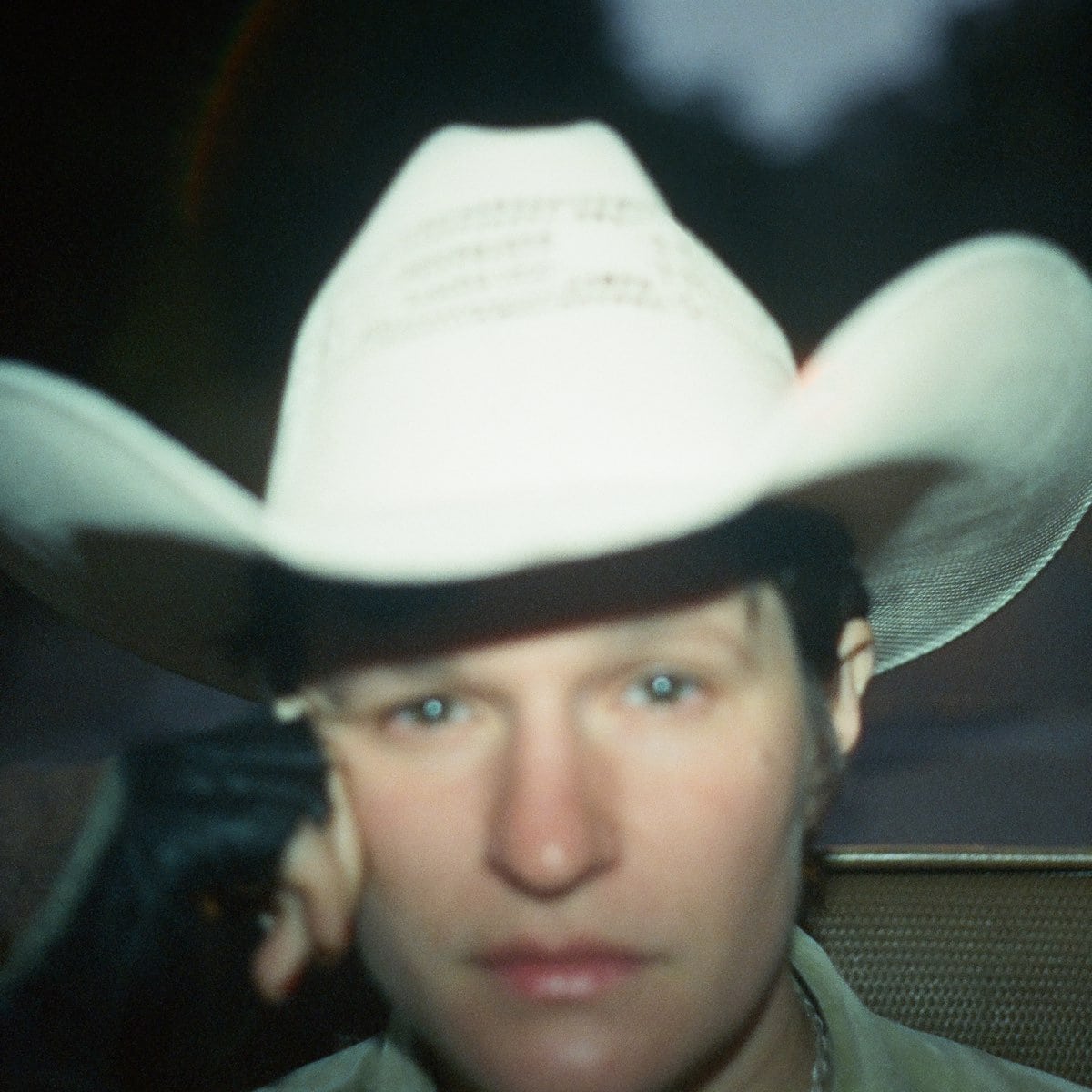
2. Adrianne Lenker, Bright Future
Recorded in a secluded studio in the woods, Adrianne Lenker’s Bright Future feels stunningly natural, with a bucolic sense of quiet and serenity. Musically, the singer-songwriter is accompanied by acoustic guitar, piano, violin, and only occasionally anything else. Using an analog approach, the album crackles and hisses with all the warm imperfections of live instrumentation. So consistent is the album’s stripped-back production that tiny features become major traits. The plucky guitars on “Fool” fill out the low end as Lenker implores an uncertain lover to make up their mind, while a sustained violin note on “No Machine” creates a tense atmosphere that transforms the lyric “Don’t know what I’d do without you” from an expression of dedication into one of lost direction. With Bright Future, Lenker stands on the confidence of her talent, complemented by production choices that neither distract nor detract from the emotion of her songwriting. Seip

1. Charli XCX, Brat
Charli XCX’s Brat splits the difference between the stay-at-home hyperpop of 2020’s insular How I’m Feeling Now and the more radio-friendly dance-pop of 2022’s Crash, and the result is one of the most relentlessly infectious rave-ups since Katy B’s On a Mission. Like Brat’s production—furnished by frequent collaborator A.G. Cook, French knob-twirler Gessaffelstein, and George Daniel, among others—the lyrics are bold, bright, and in-your-face. But while the album is undeniably bratty and brash, it’s also frequently vulnerable. Charli’s carefully curated braggadociousness betrays a profound insecurity and need for, alternately and perhaps paradoxically, larger fame and a simpler life. The singer’s exploration of her priorities isn’t merely slapped atop catchy club beats though. What makes Brat the most compelling musical project of 2024 is the ways in which Charli’s ambivalence is in direct conversation with the music itself. Cinquemani
Since 2001, we've brought you uncompromising, candid takes on the world of film, music, television, video games, theater, and more. Independently owned and operated publications like Slant have been hit hard in recent years, but we’re committed to keeping our content free and accessible—meaning no paywalls or fees.
If you like what we do, please consider subscribing to our Patreon or making a donation.



